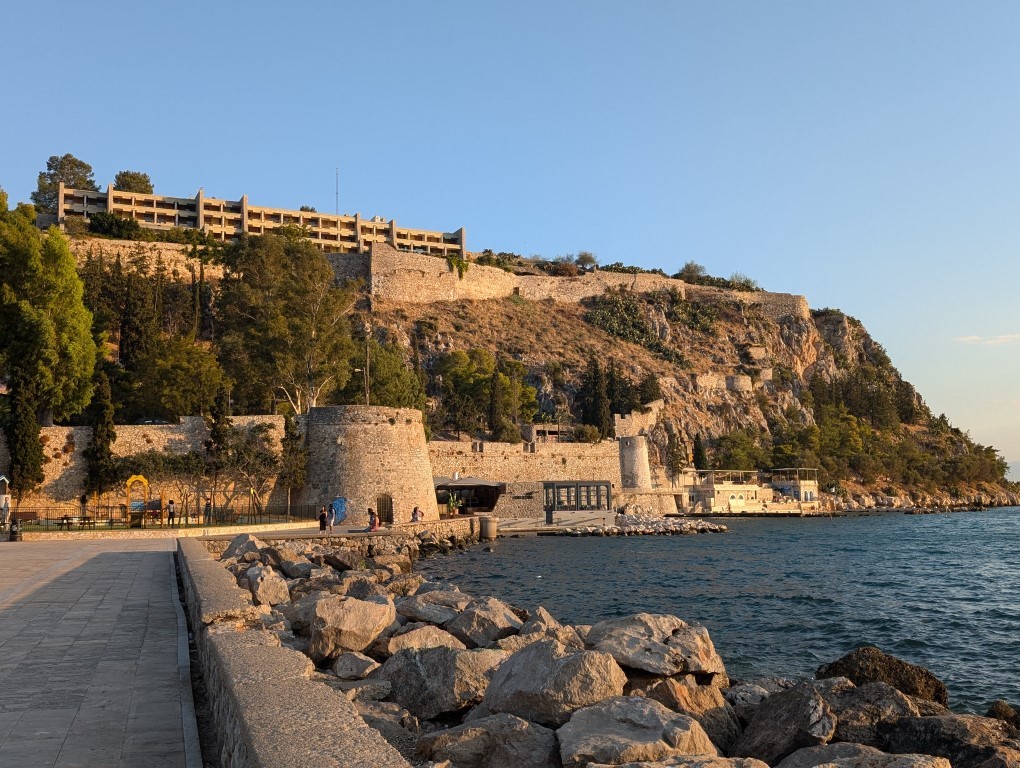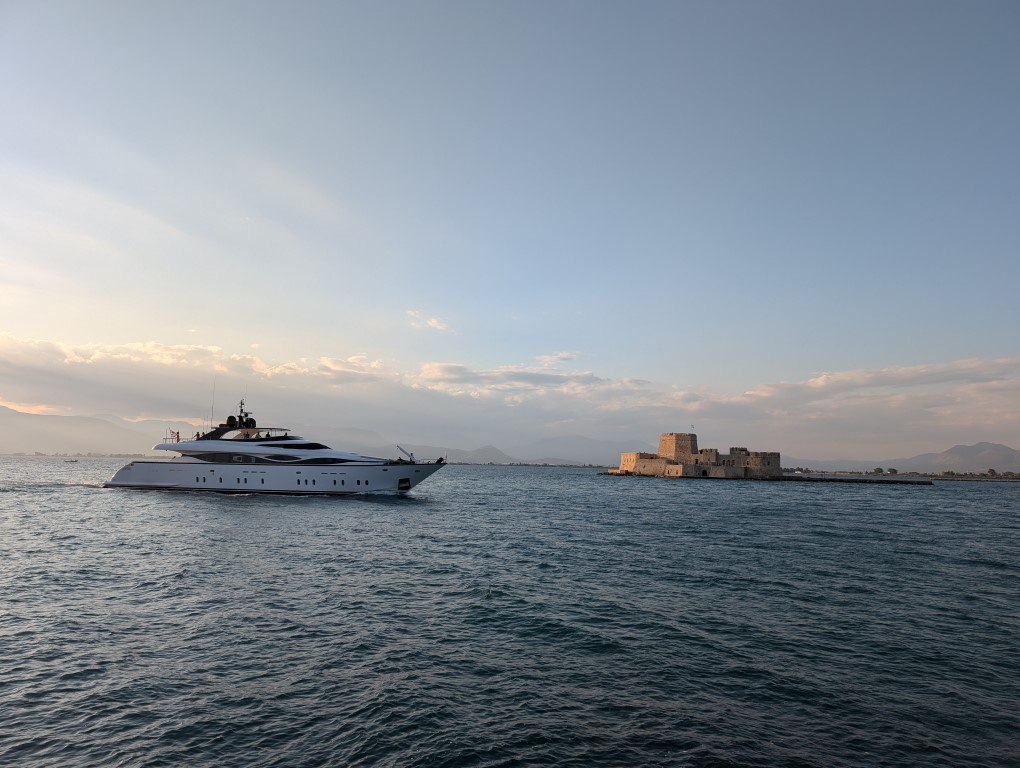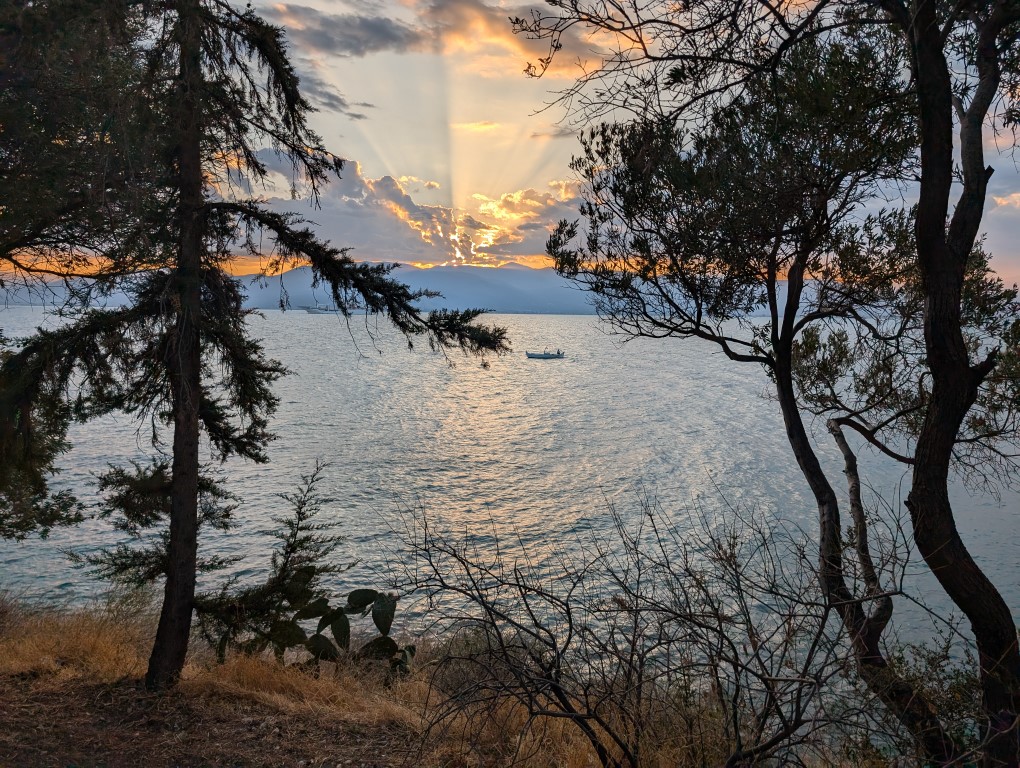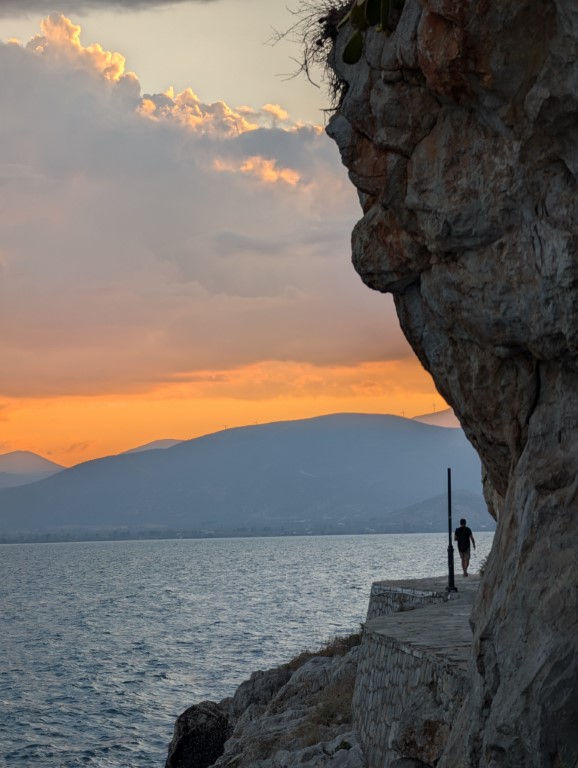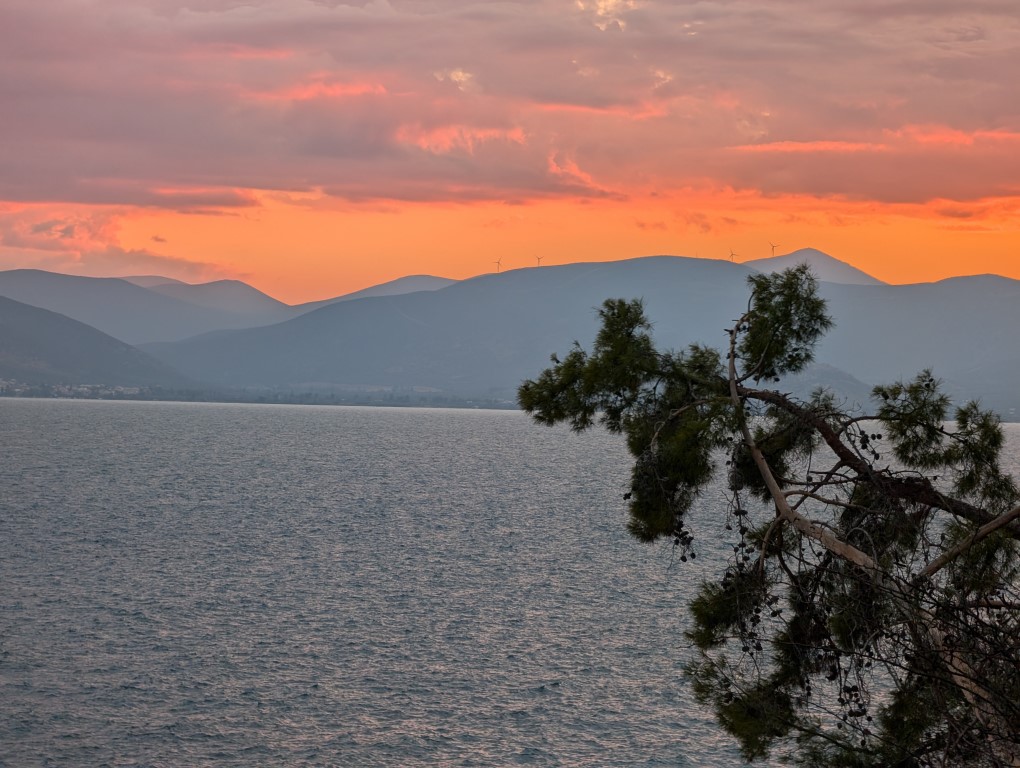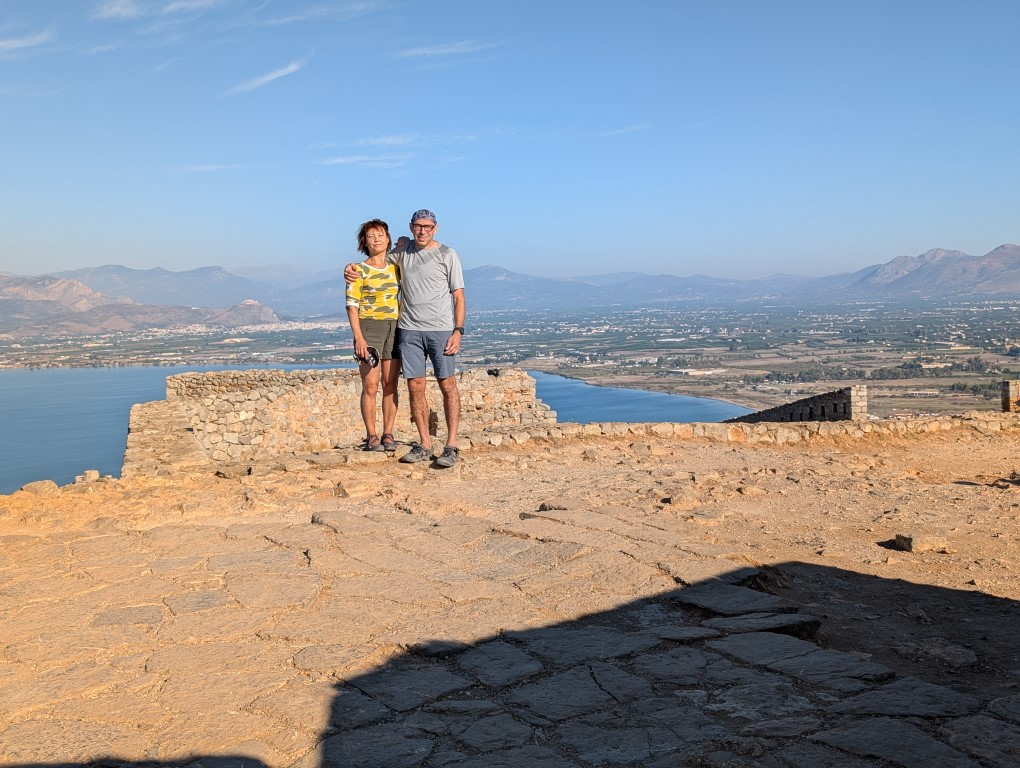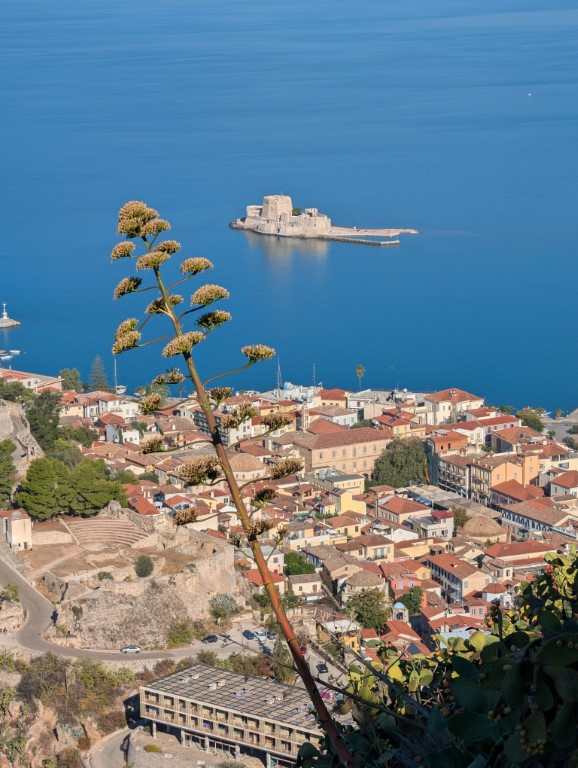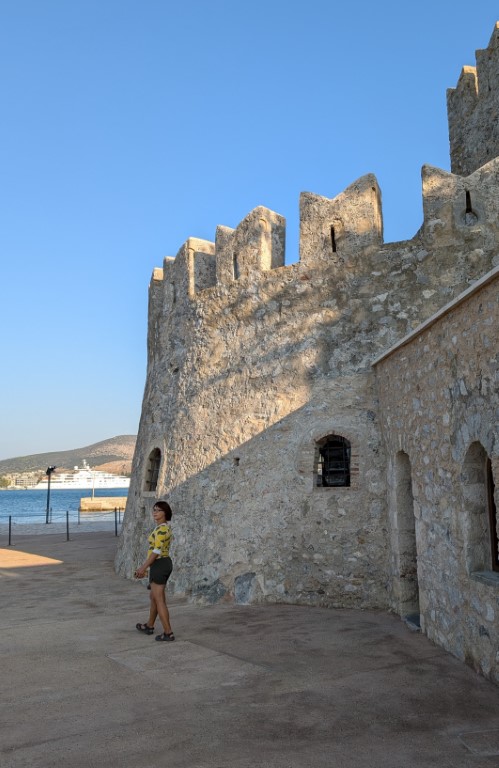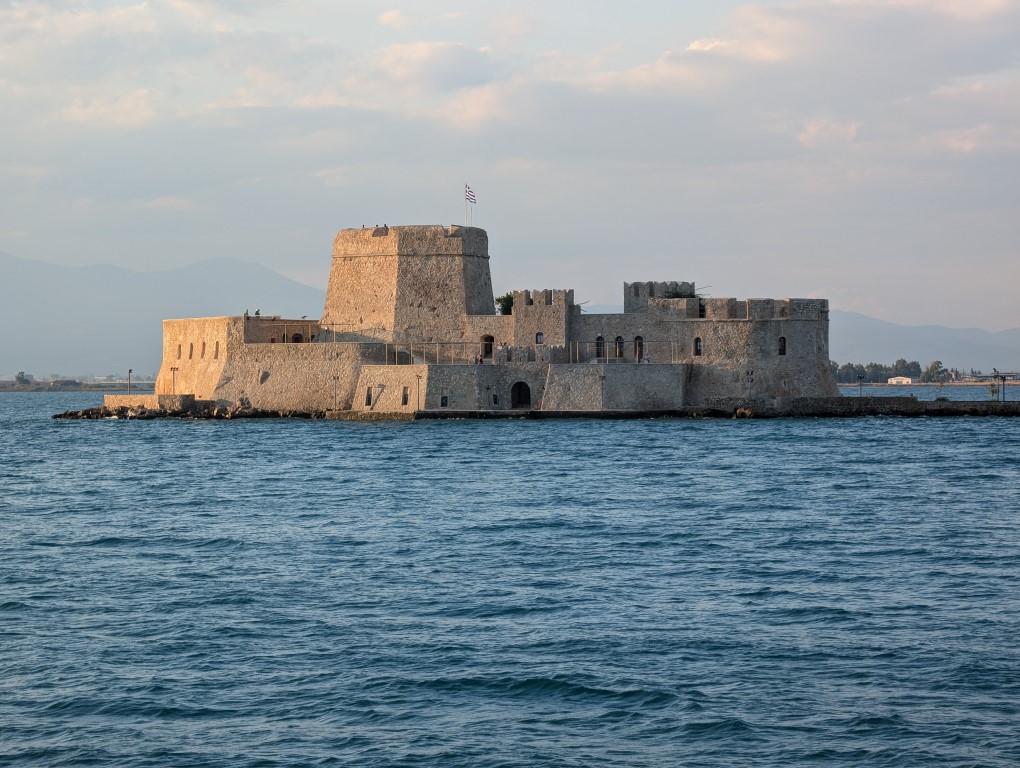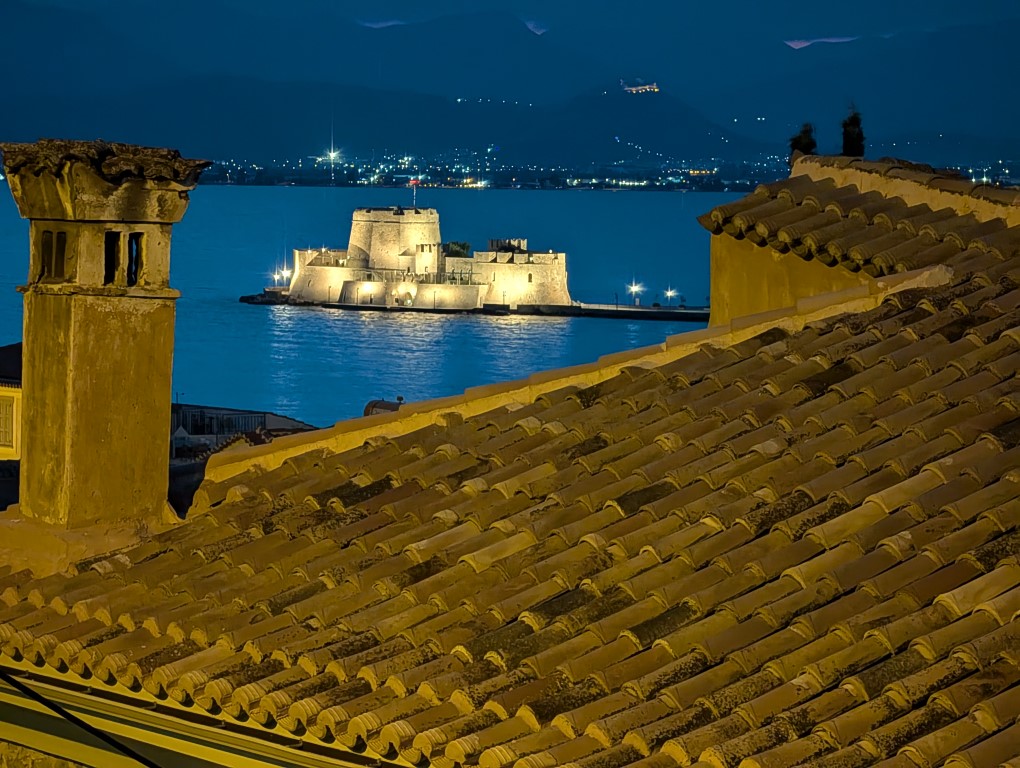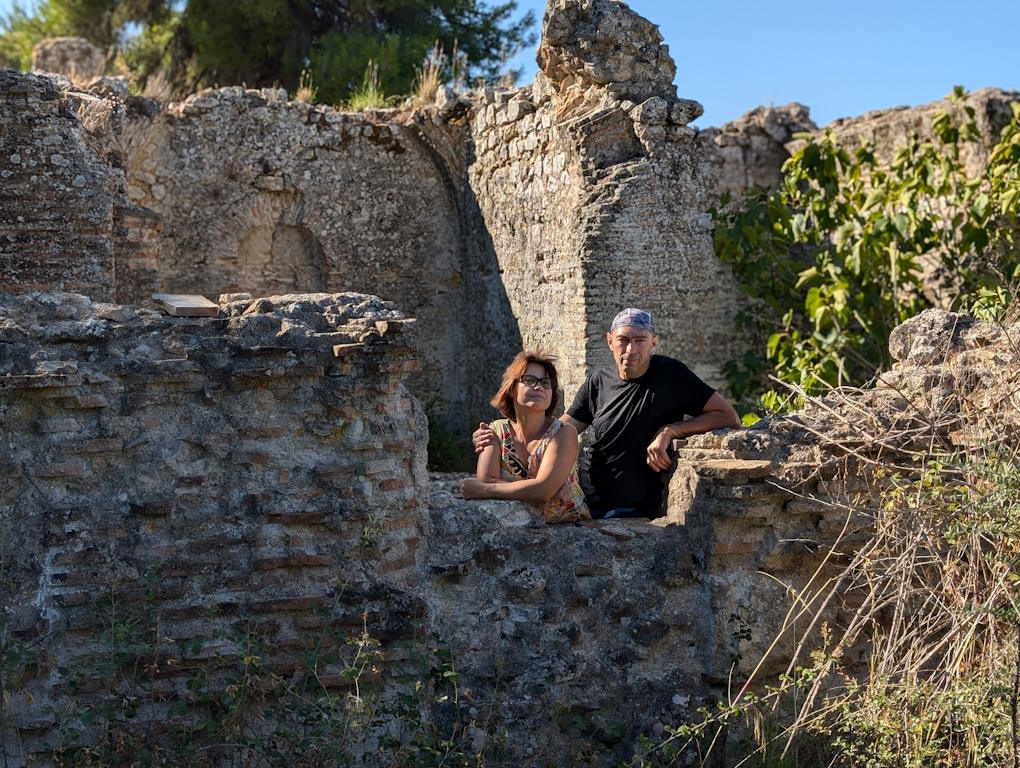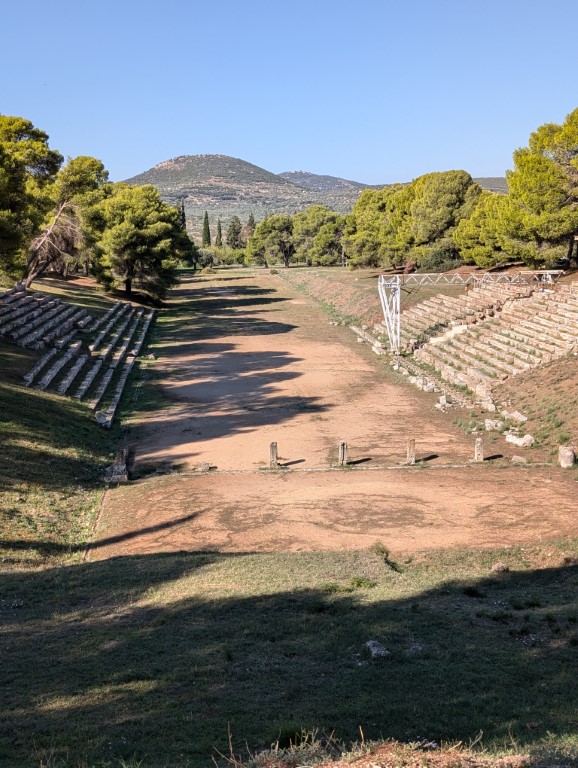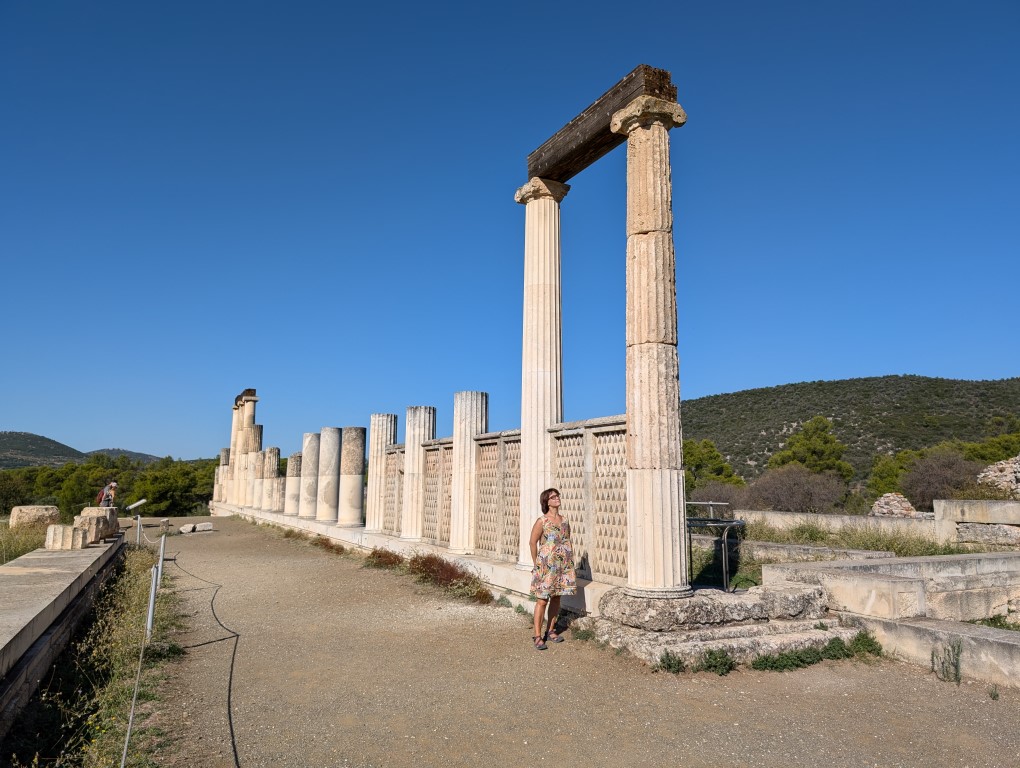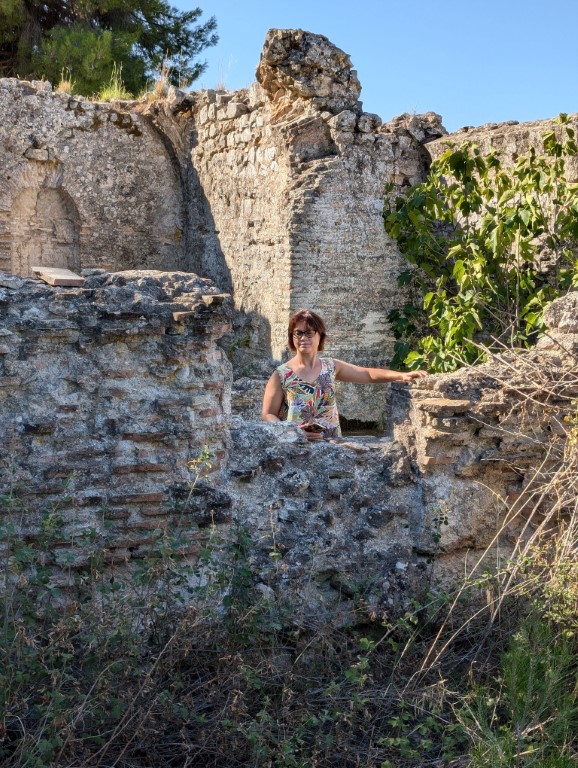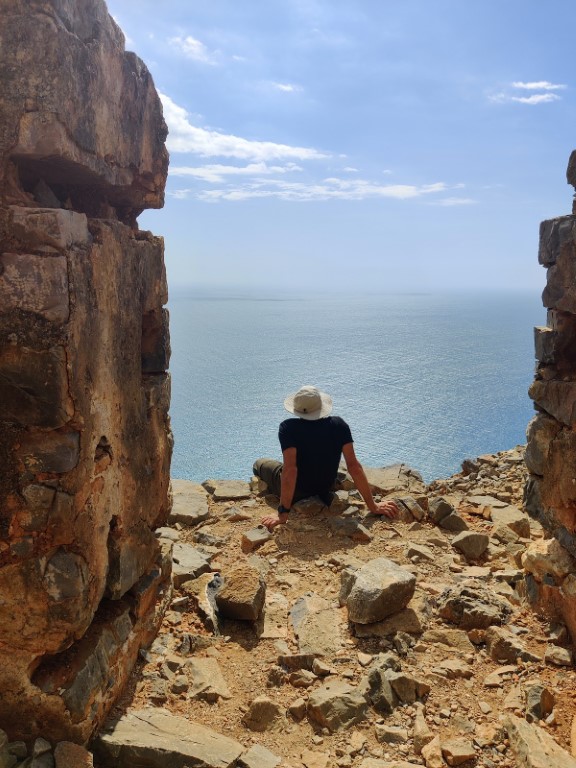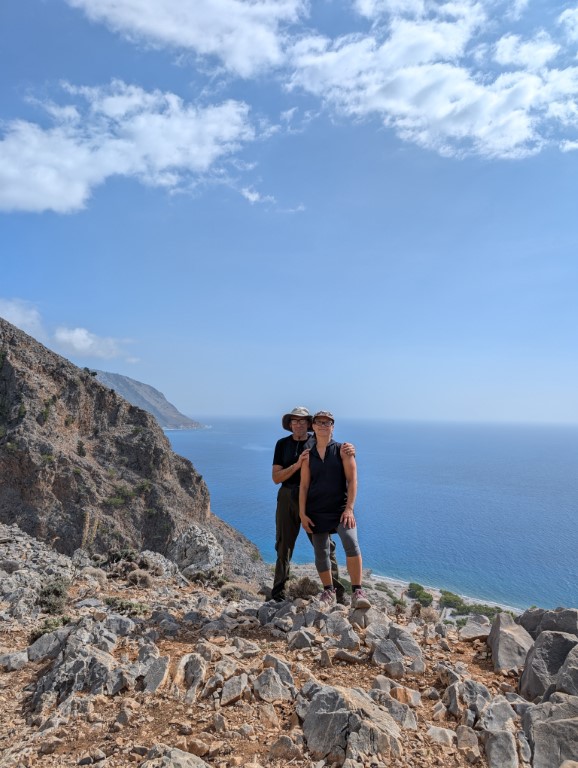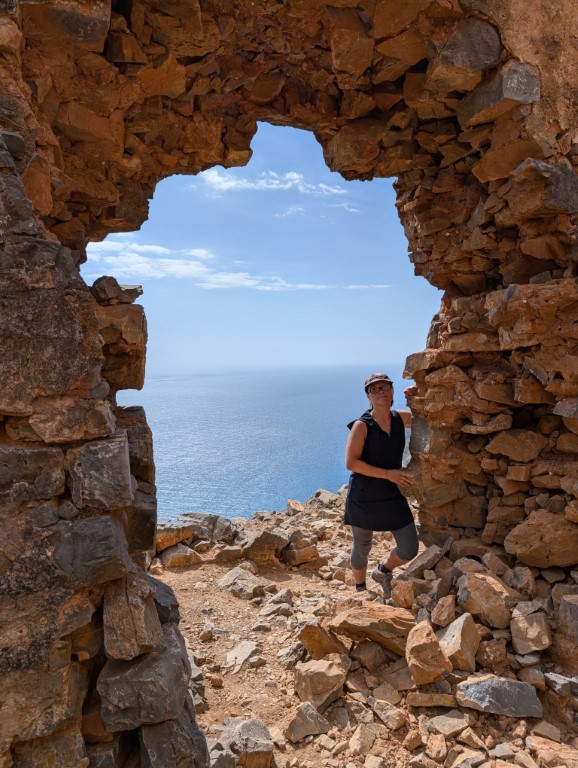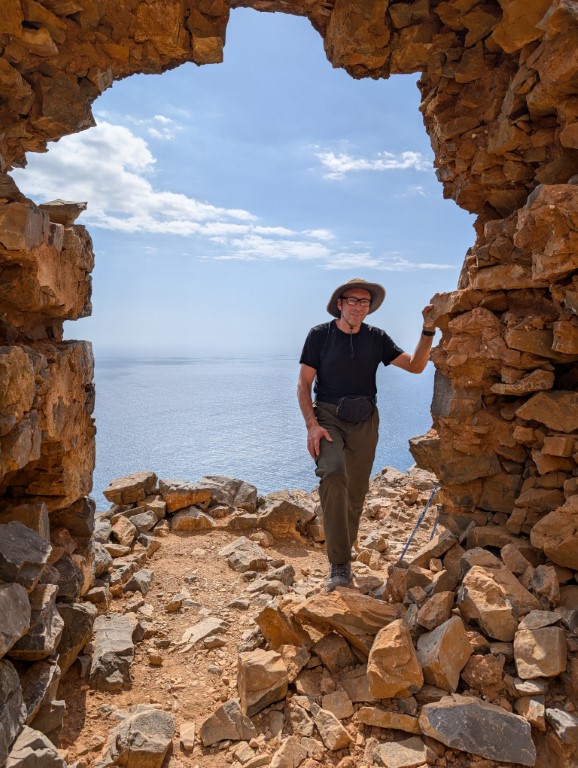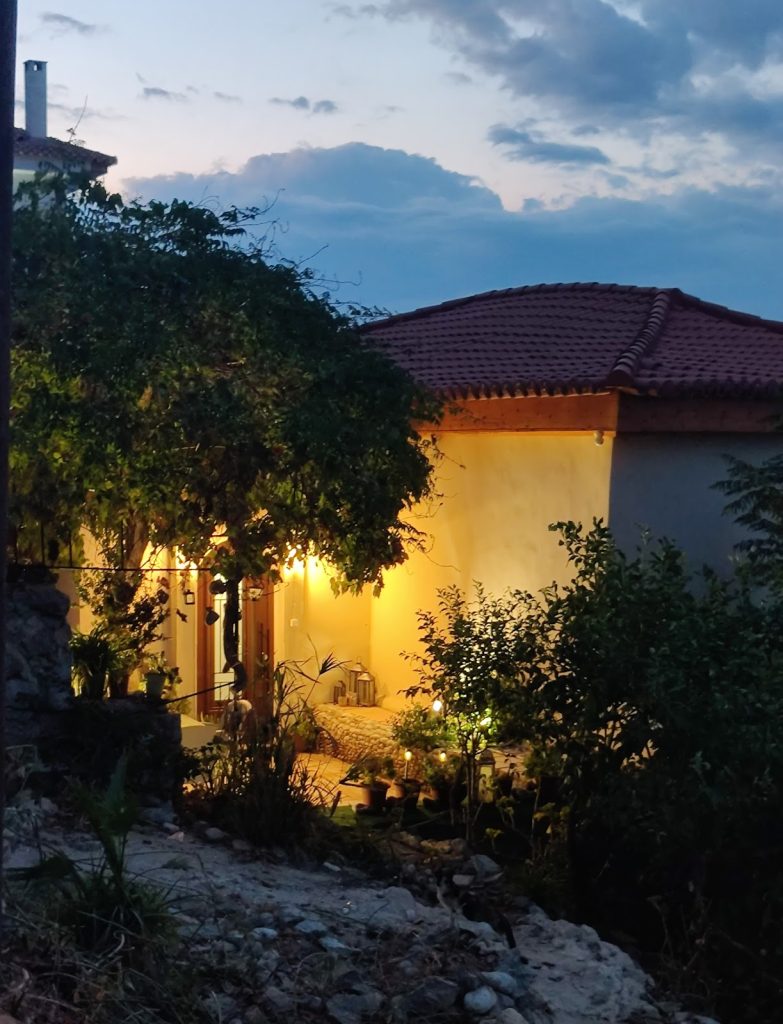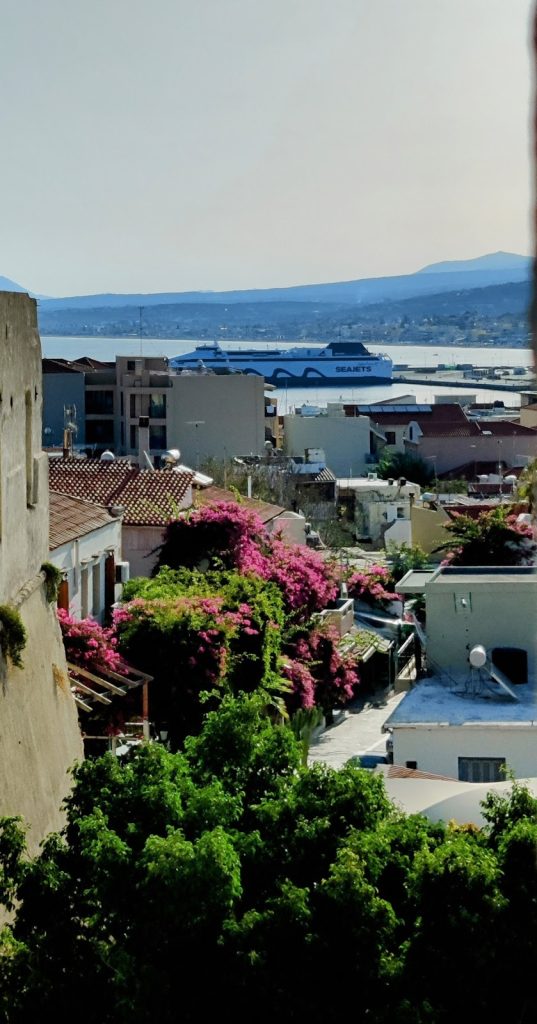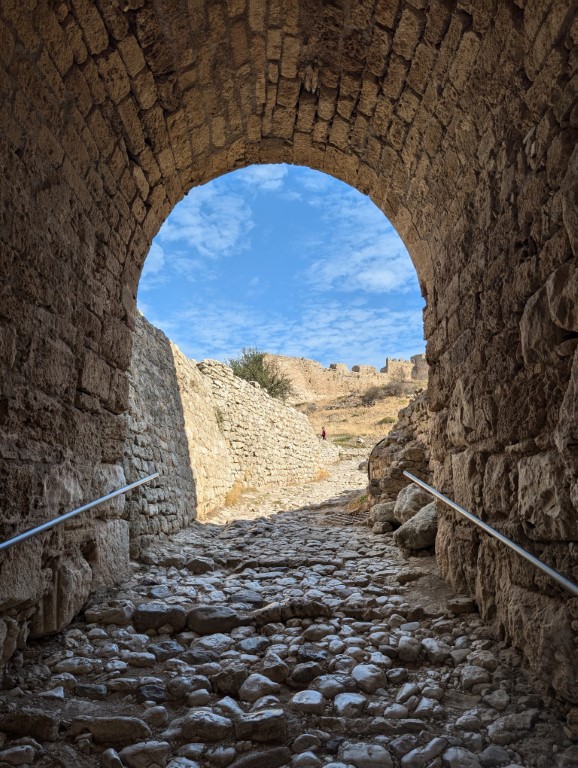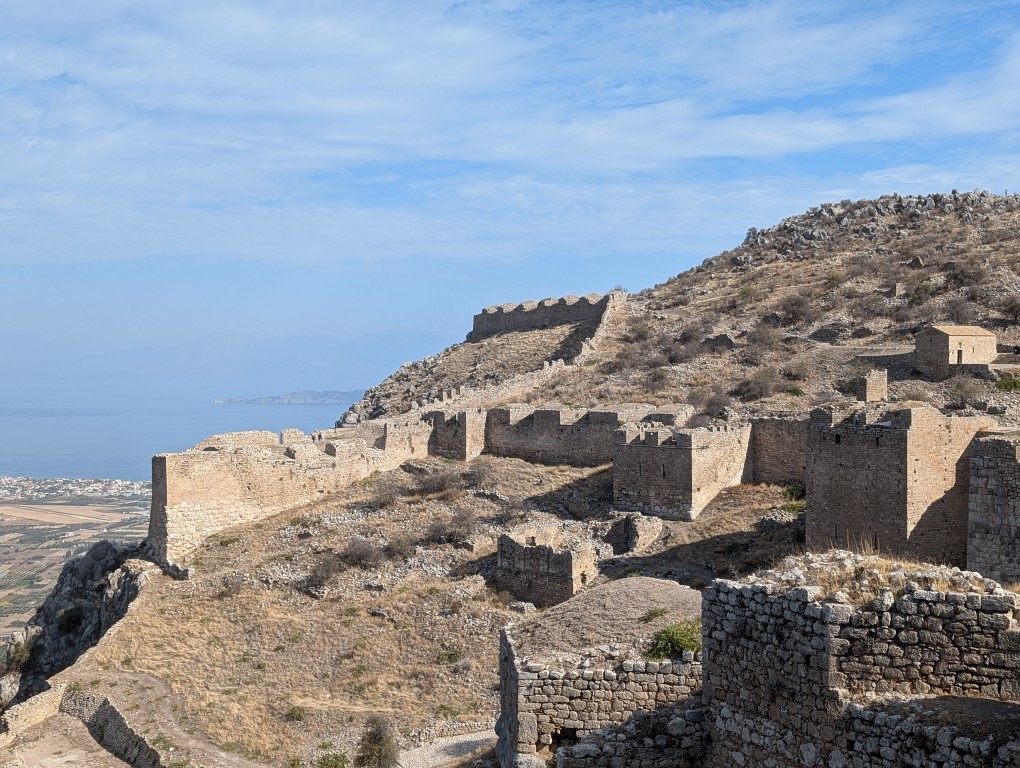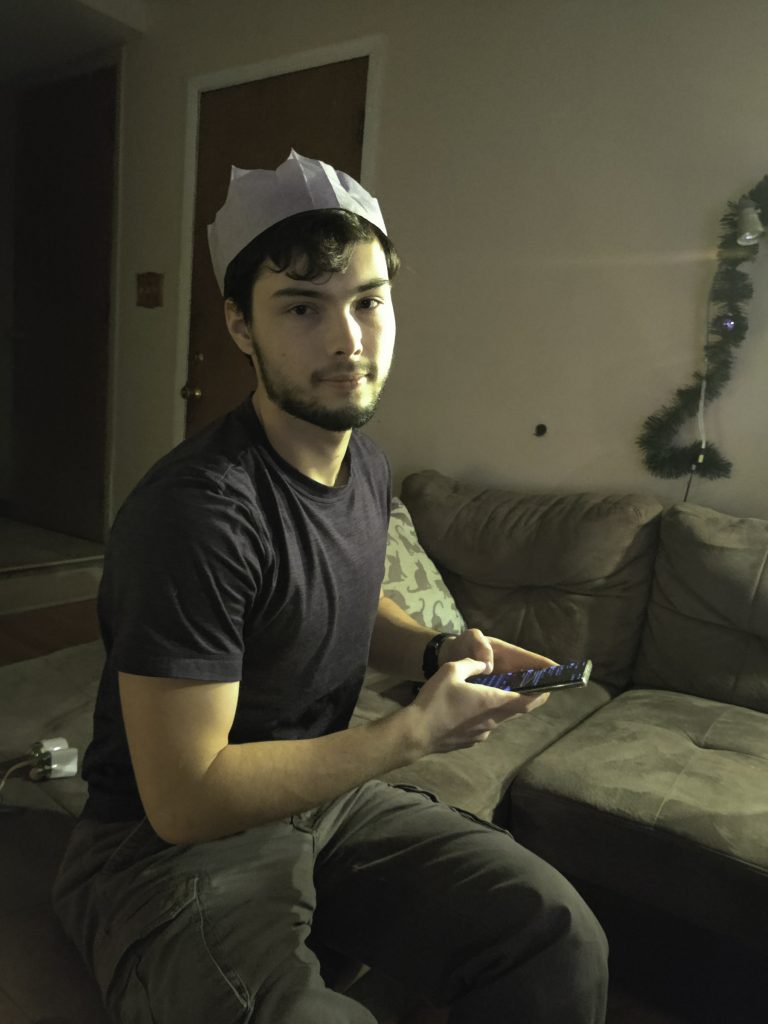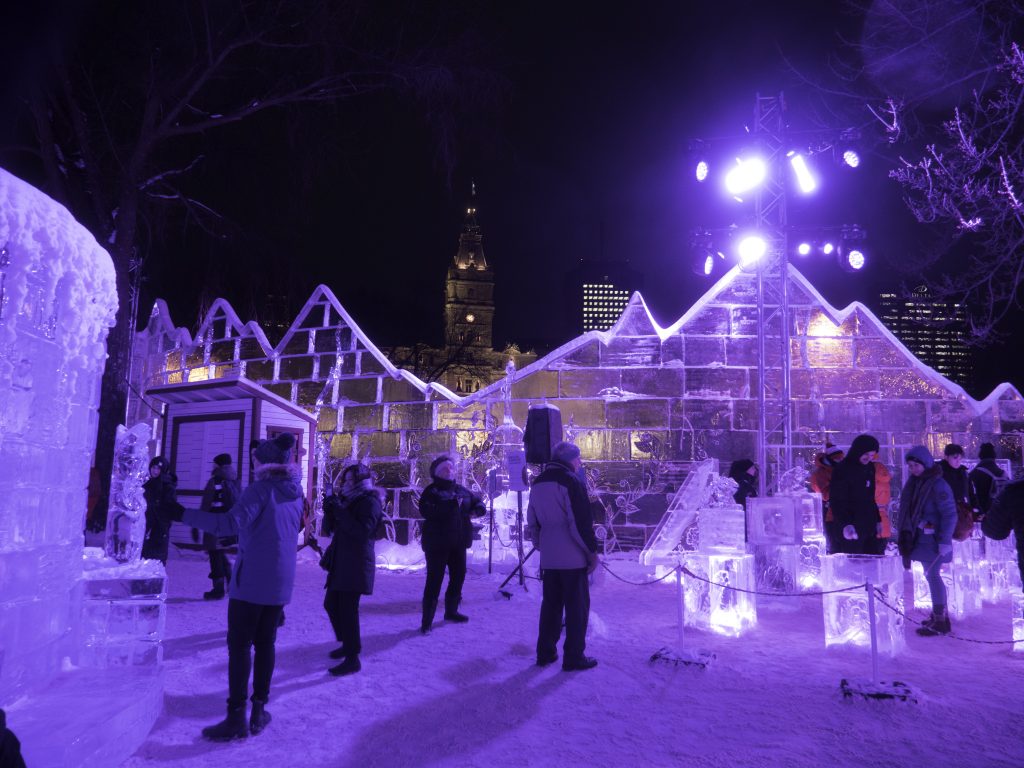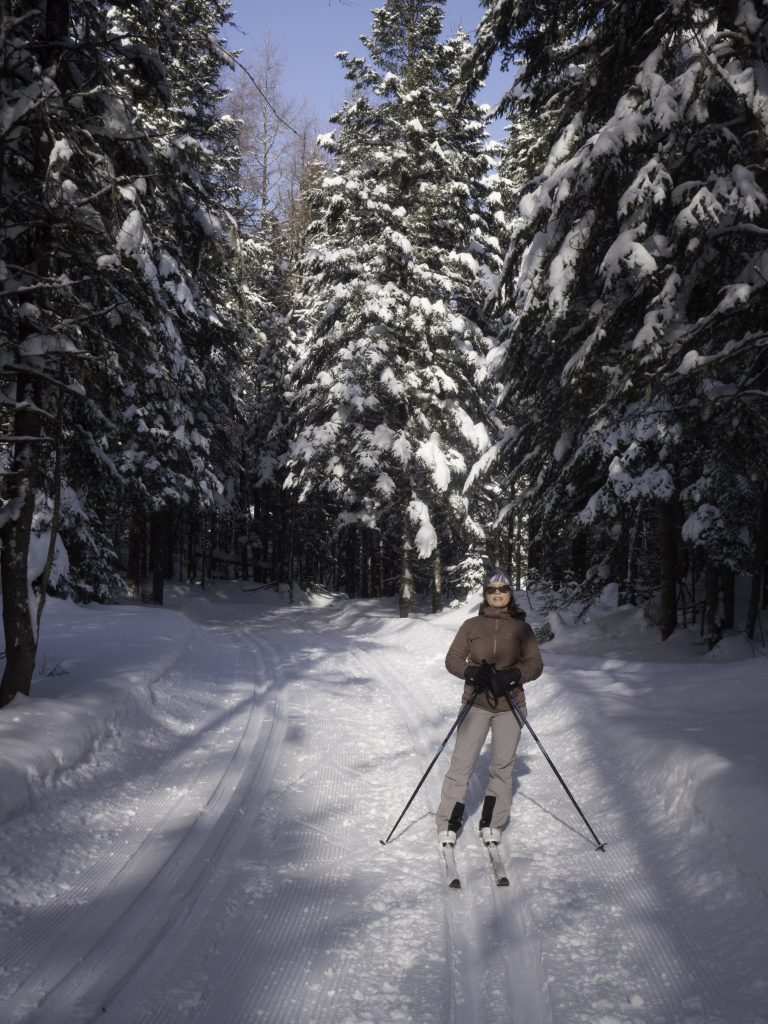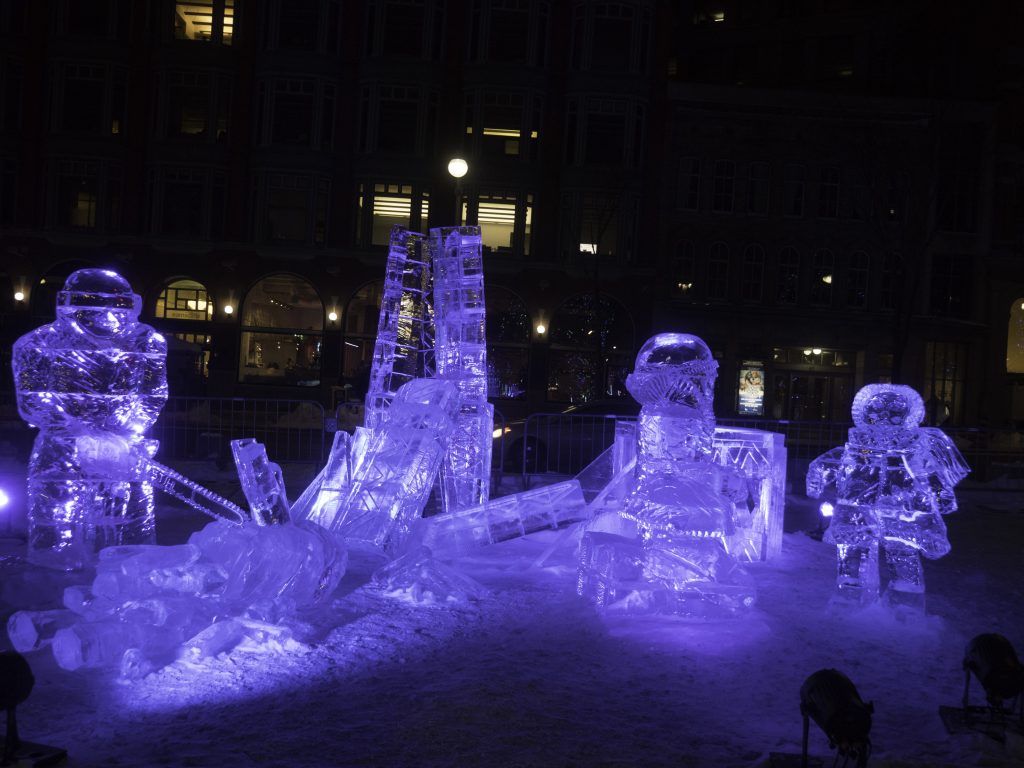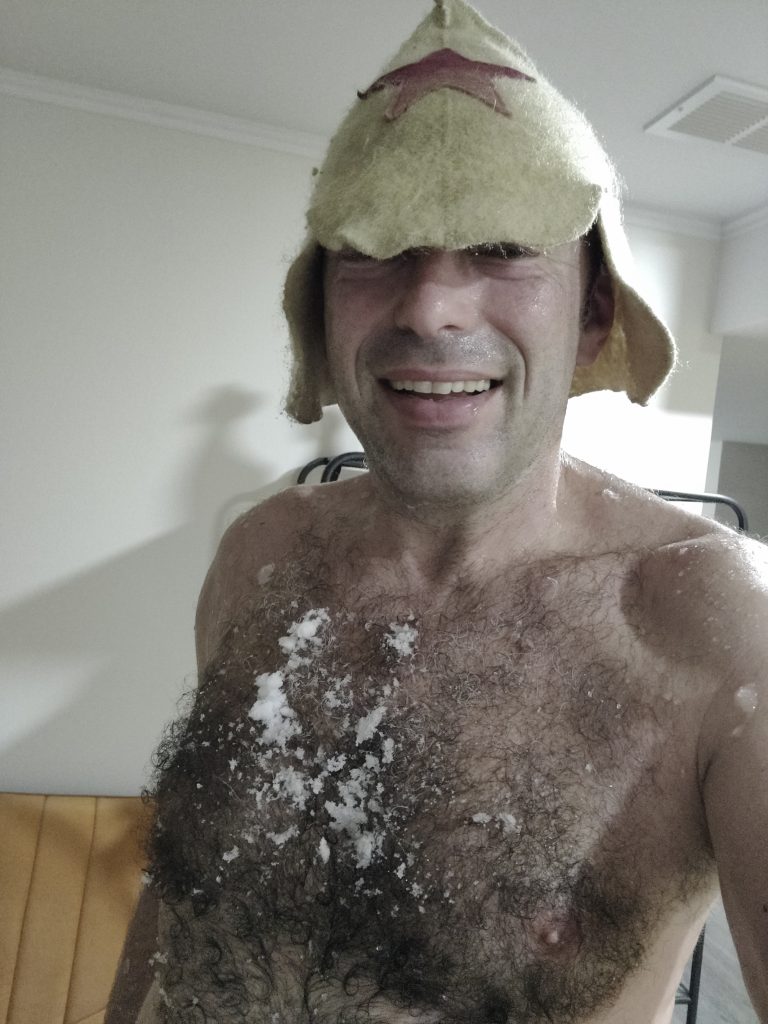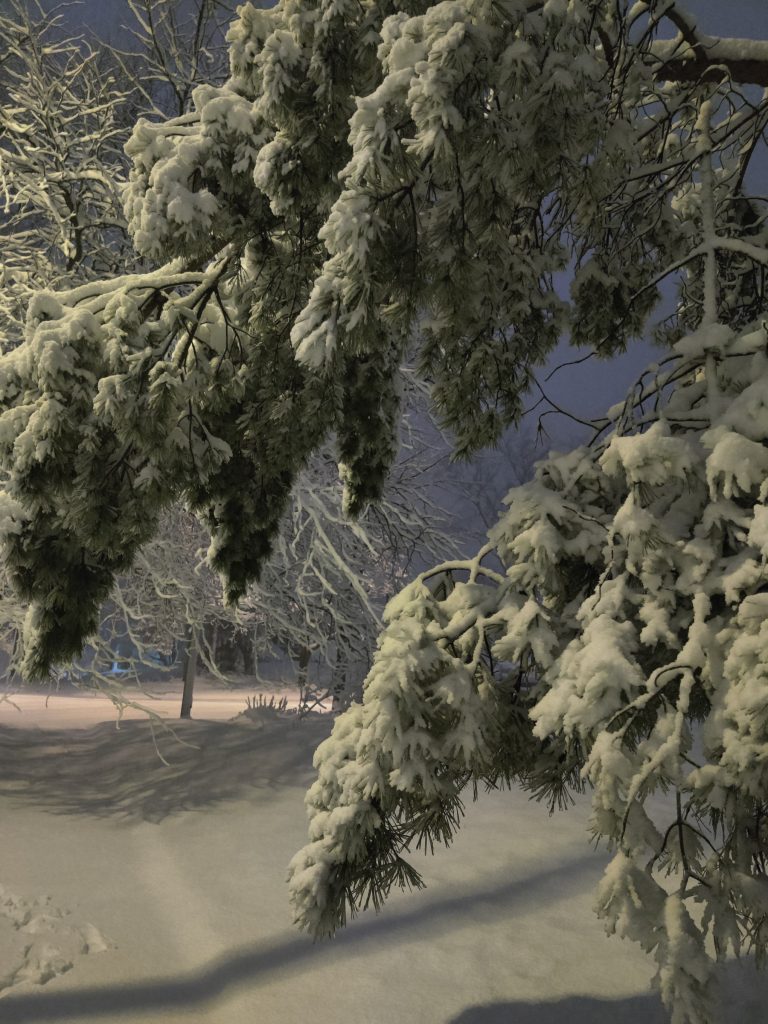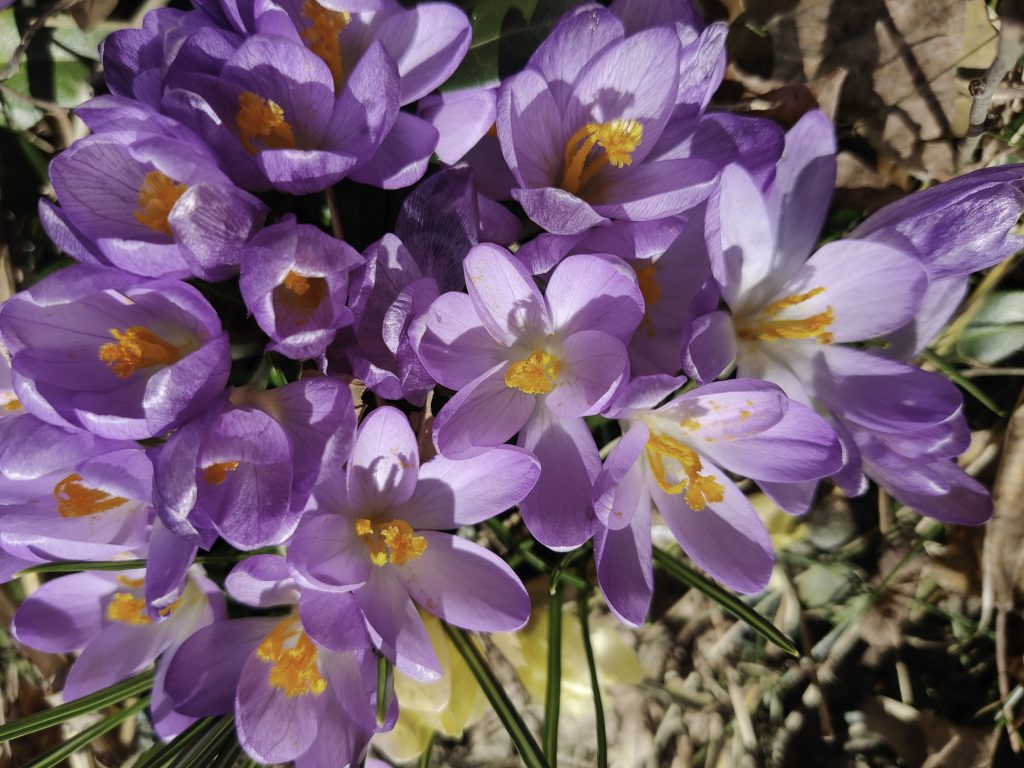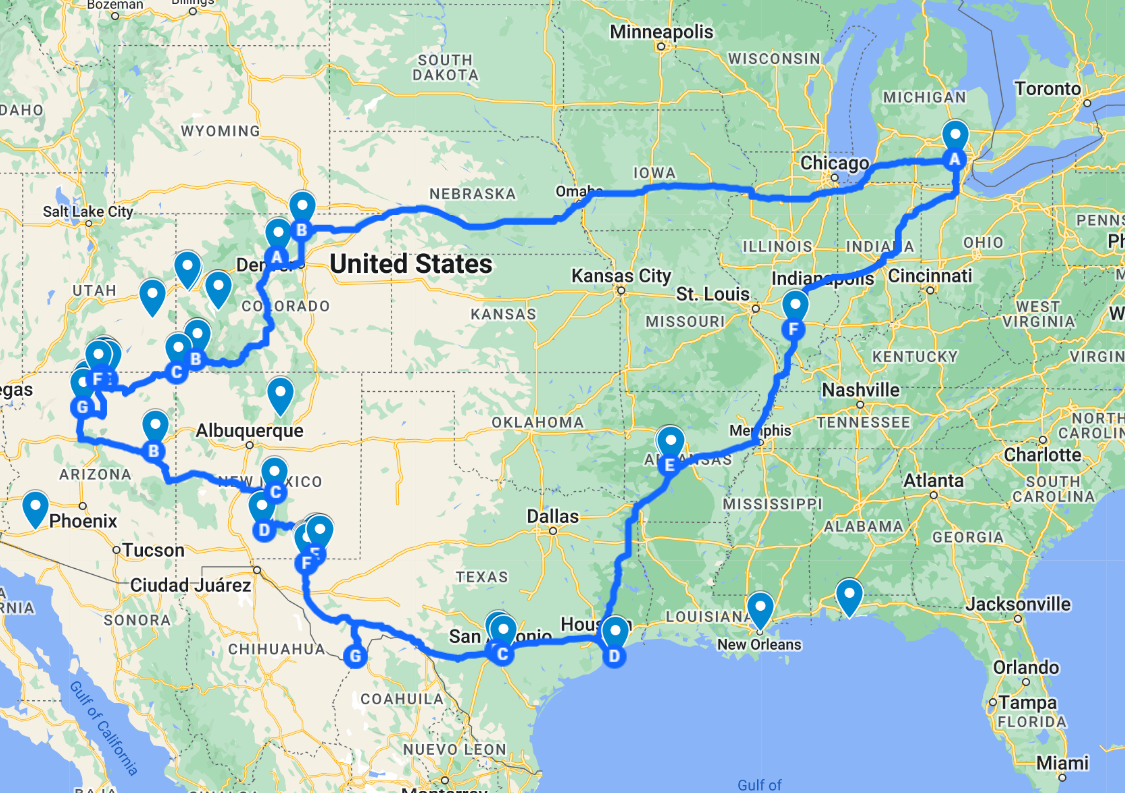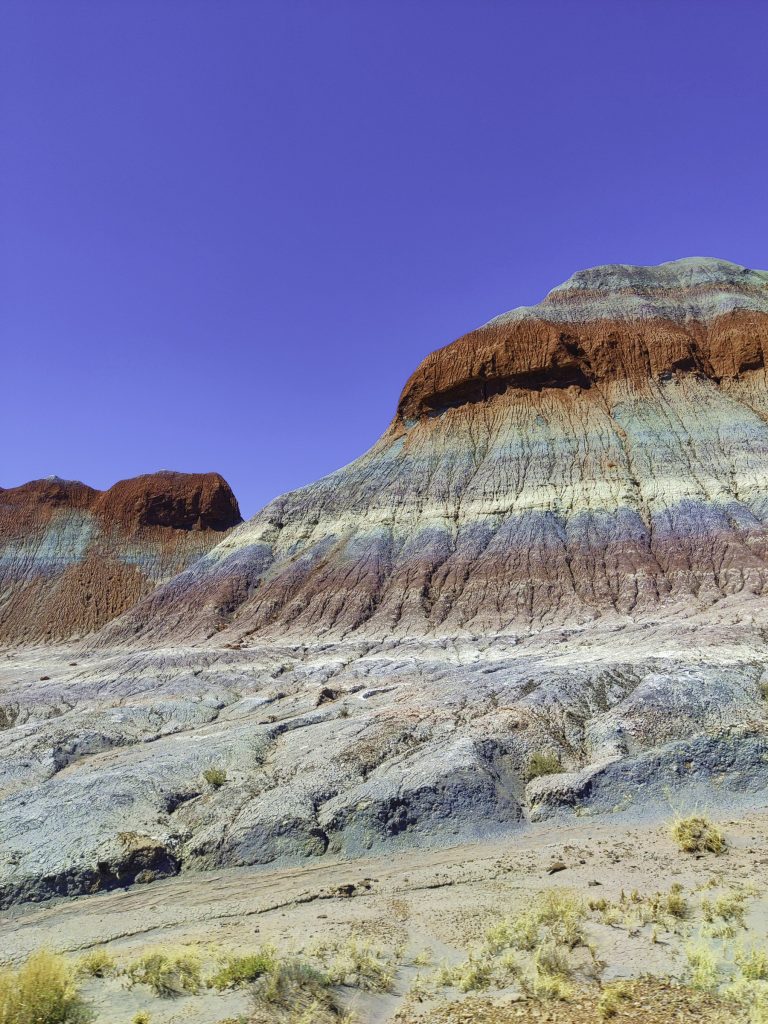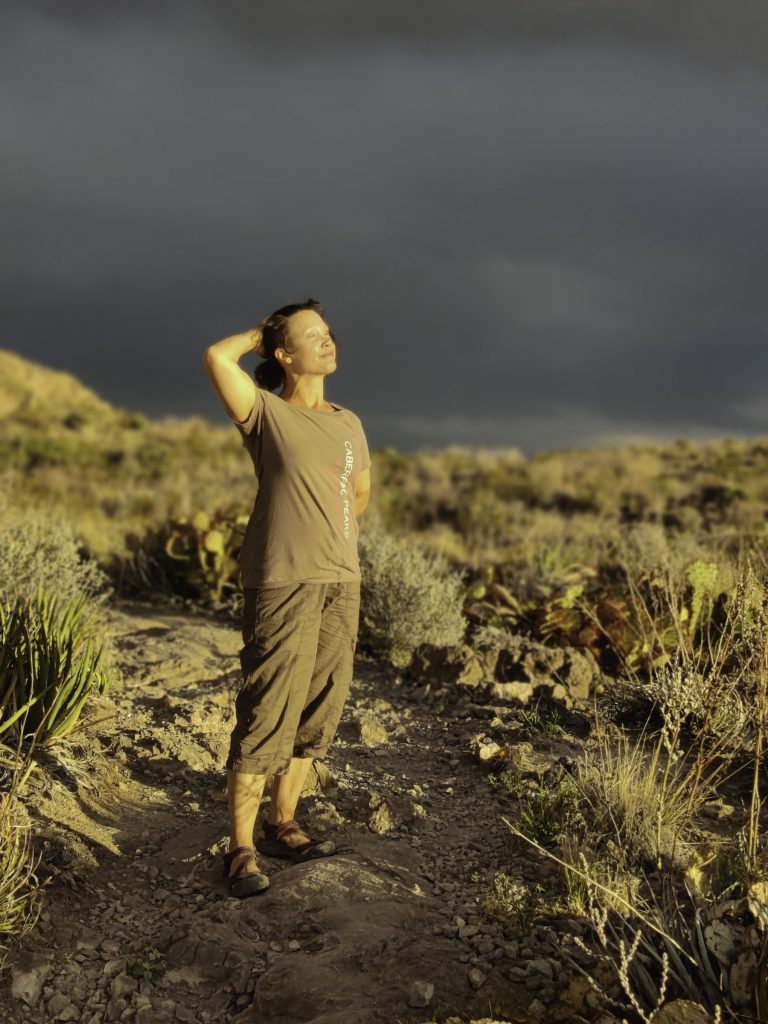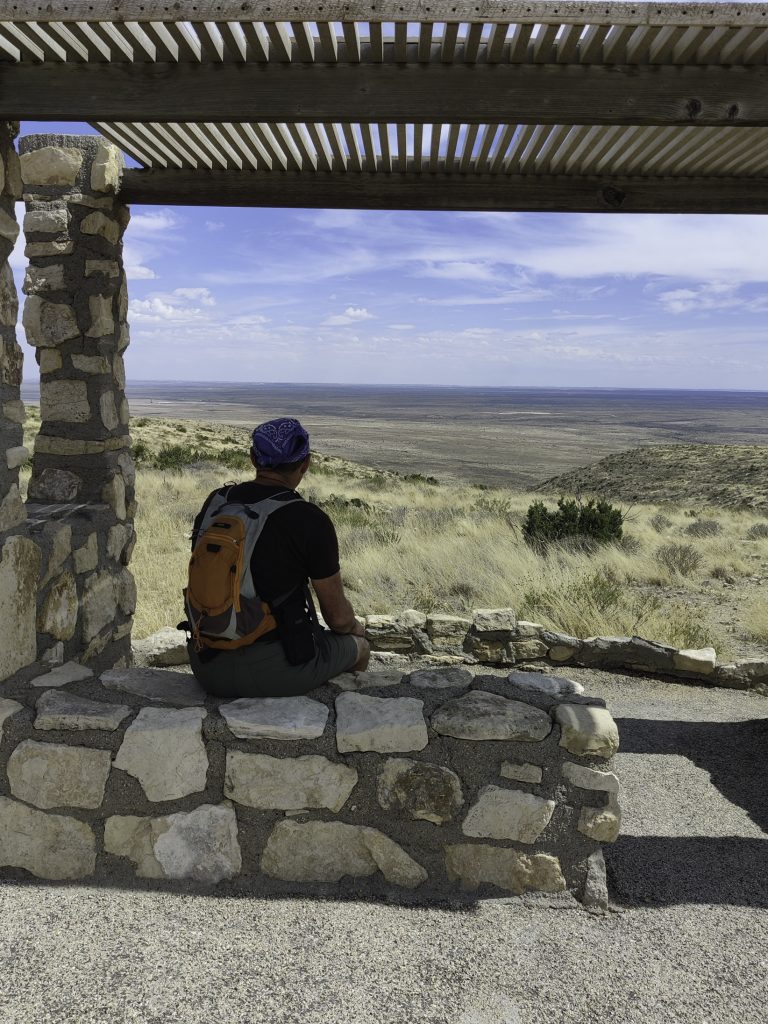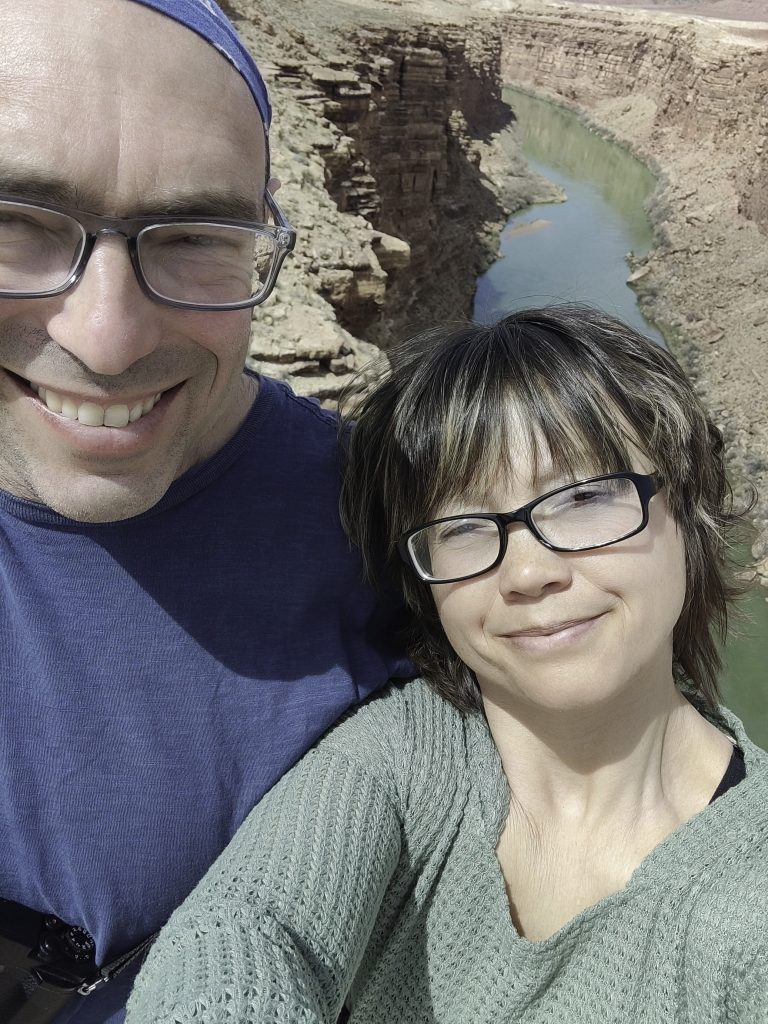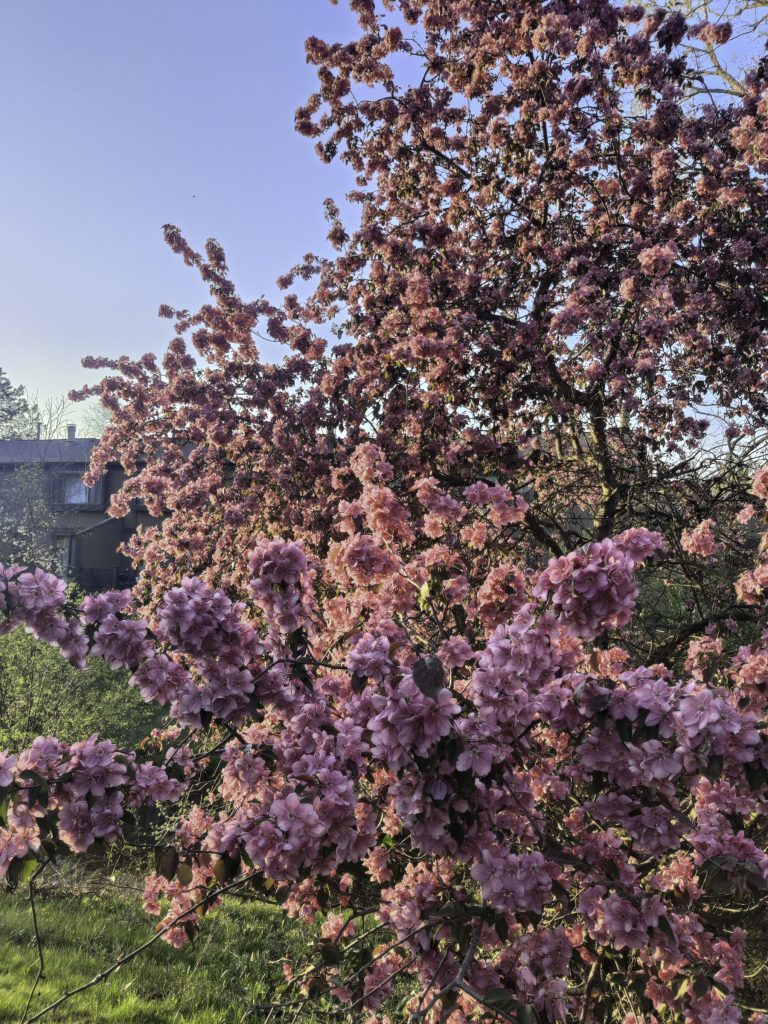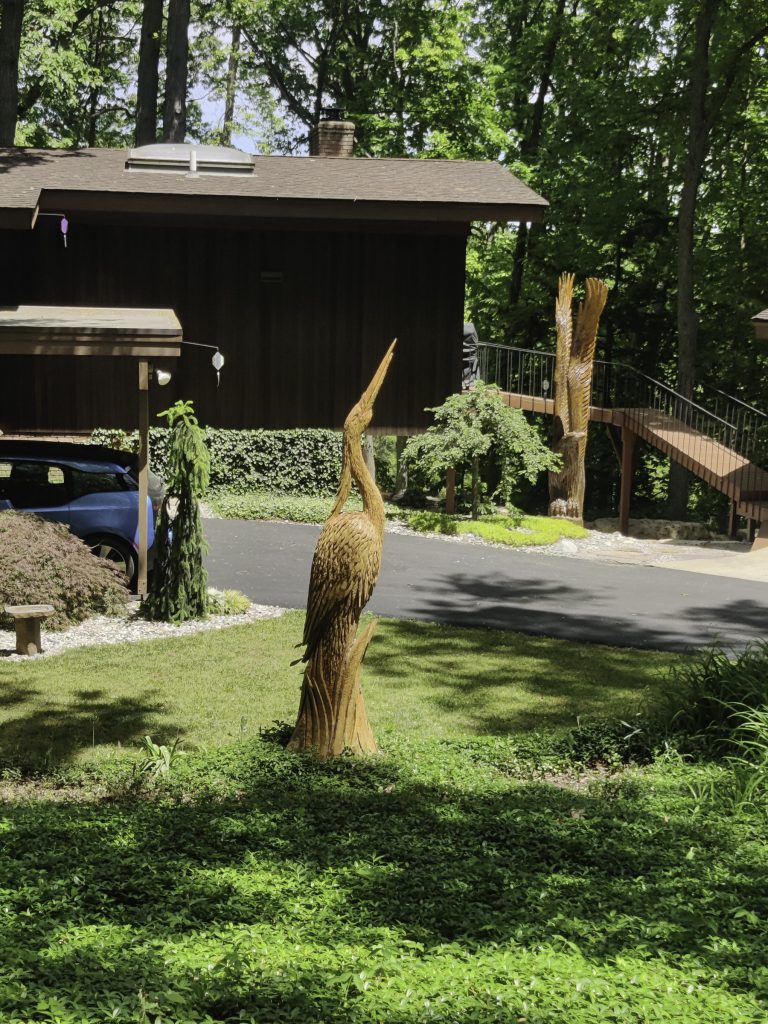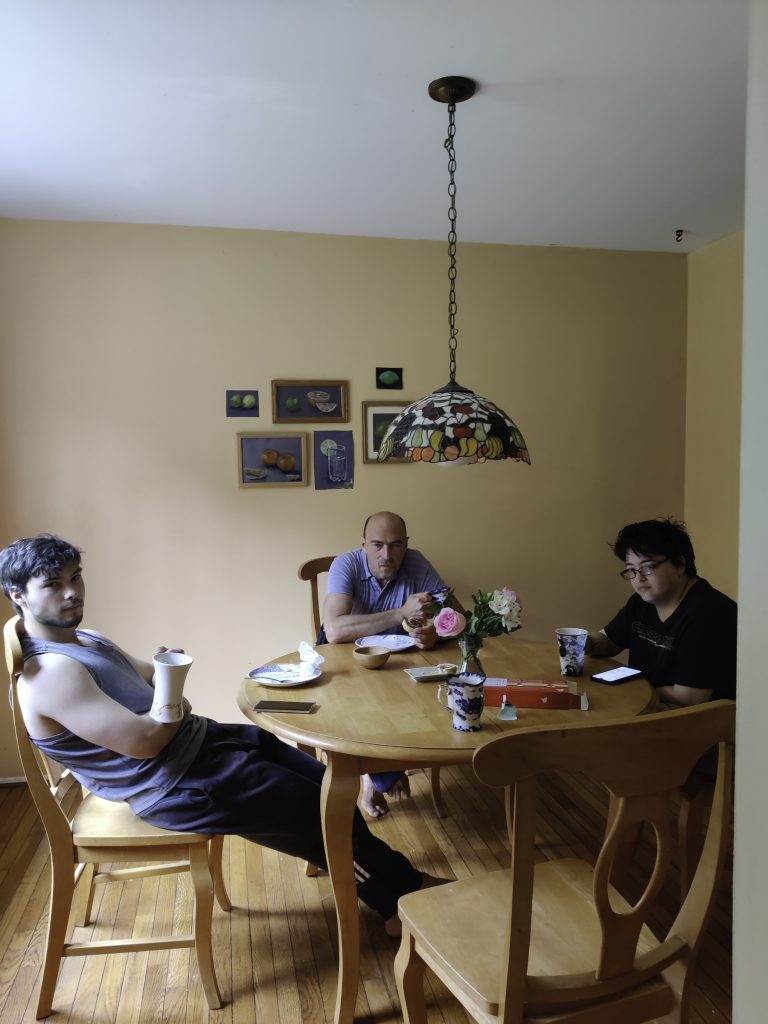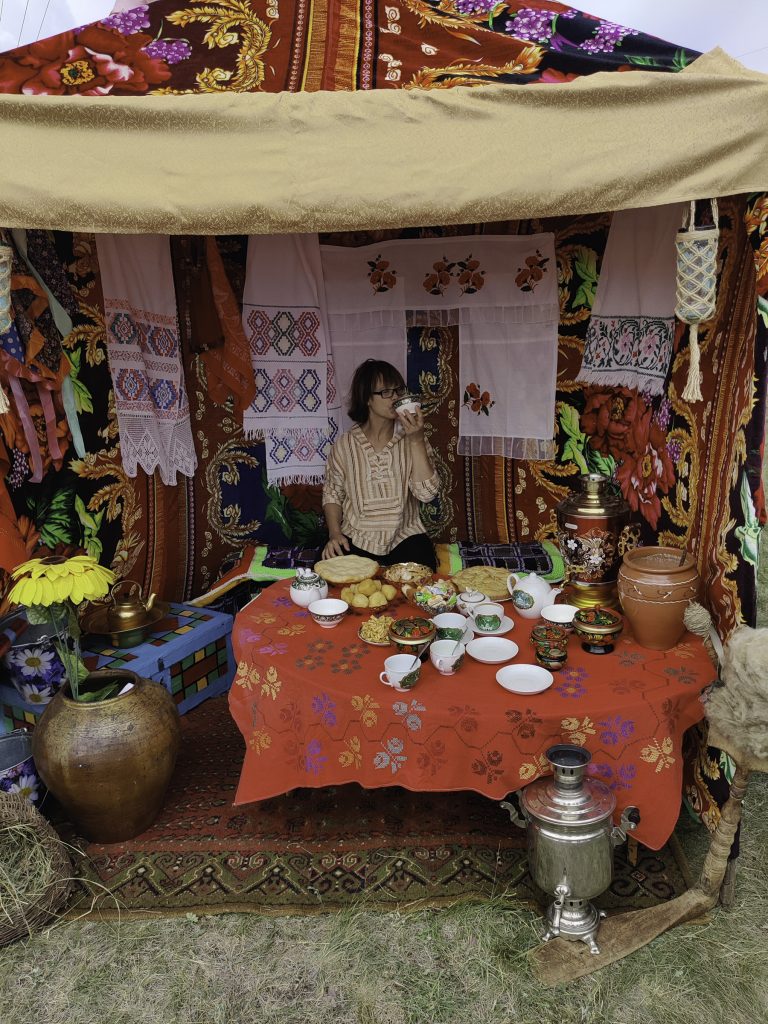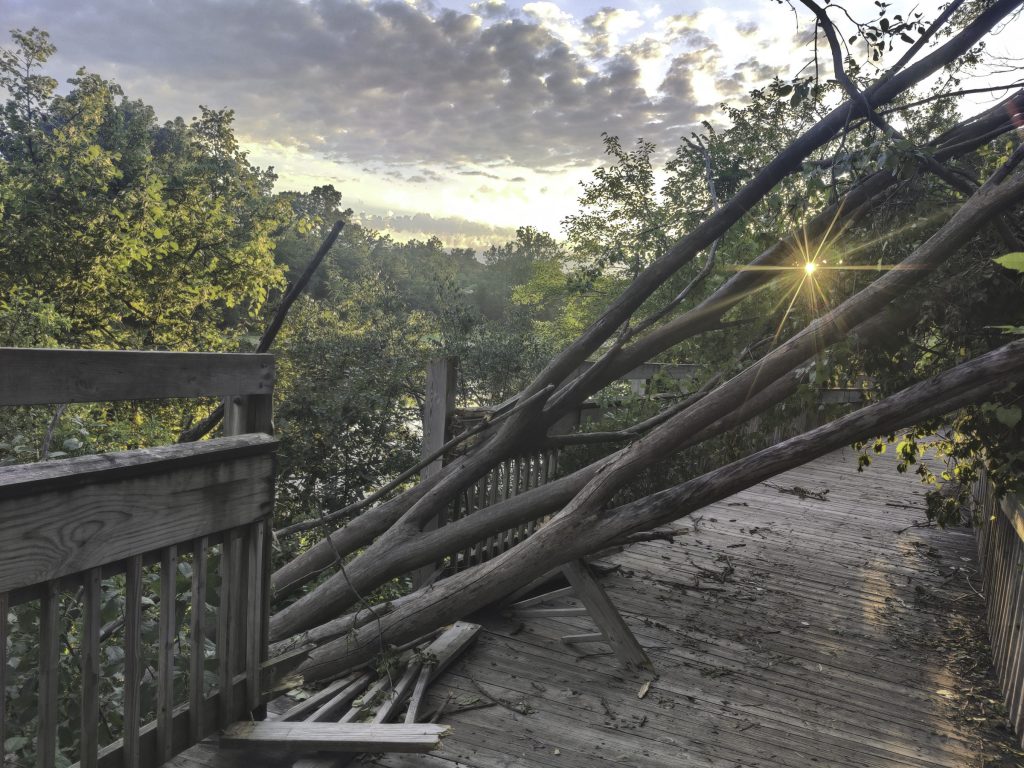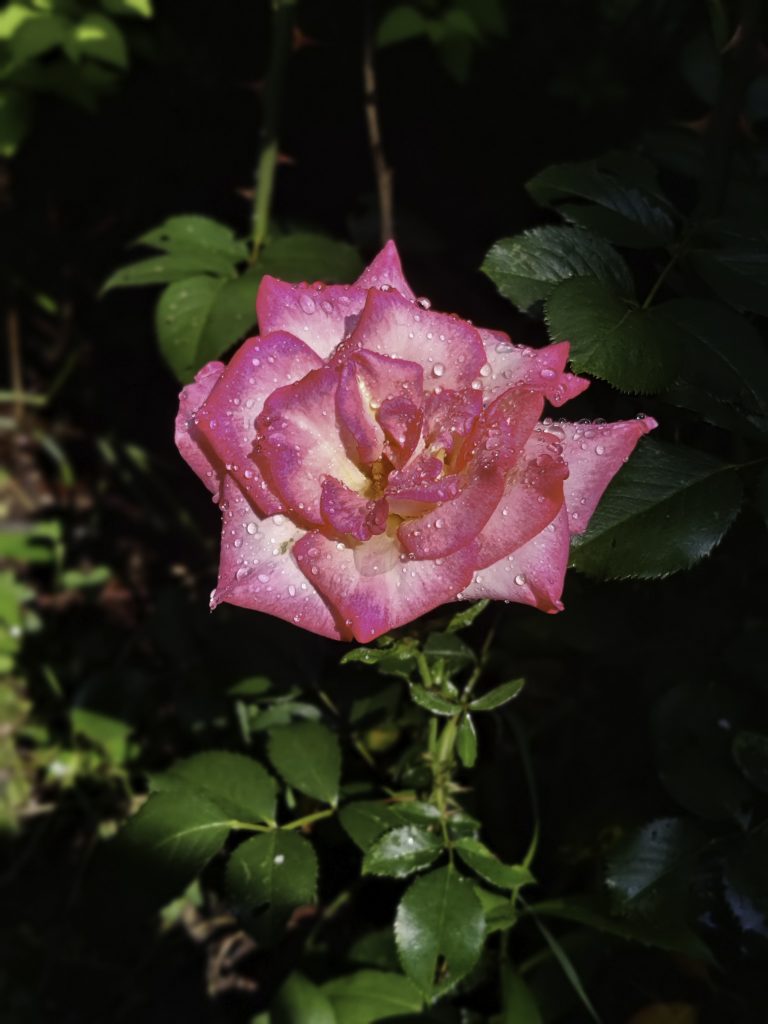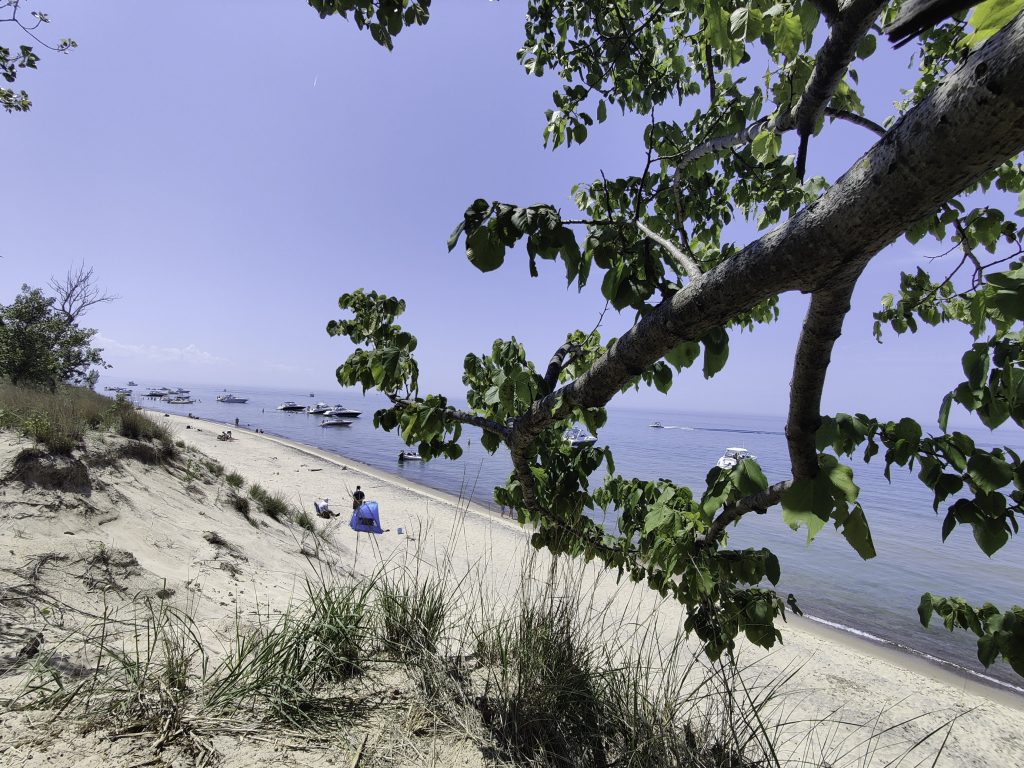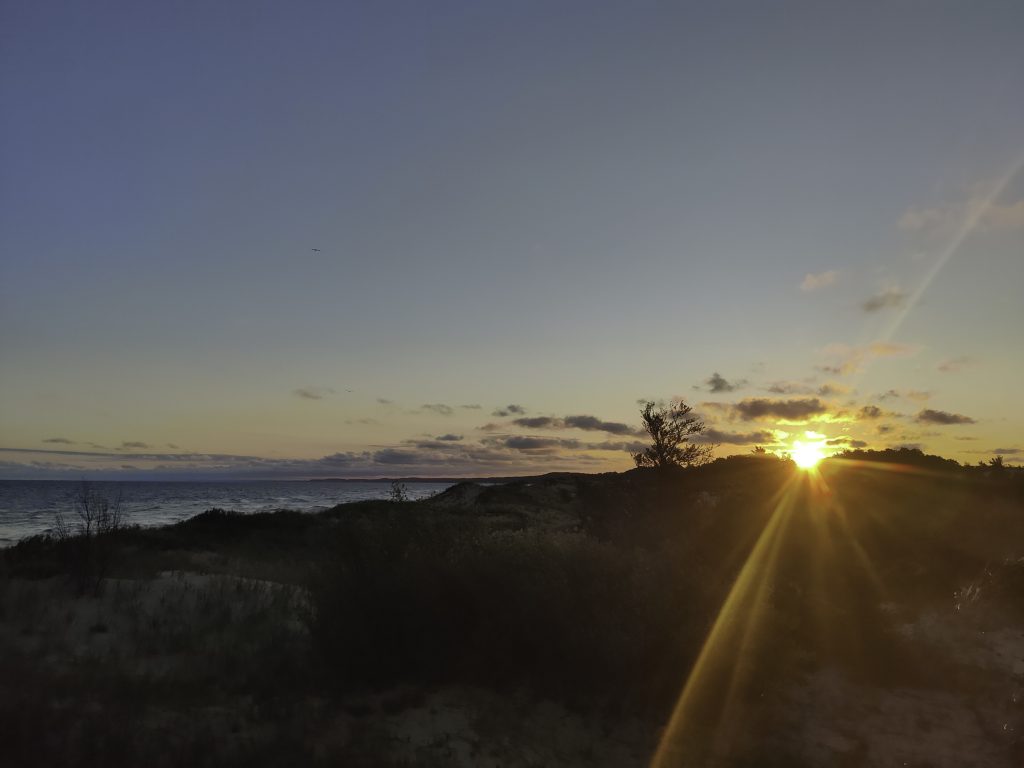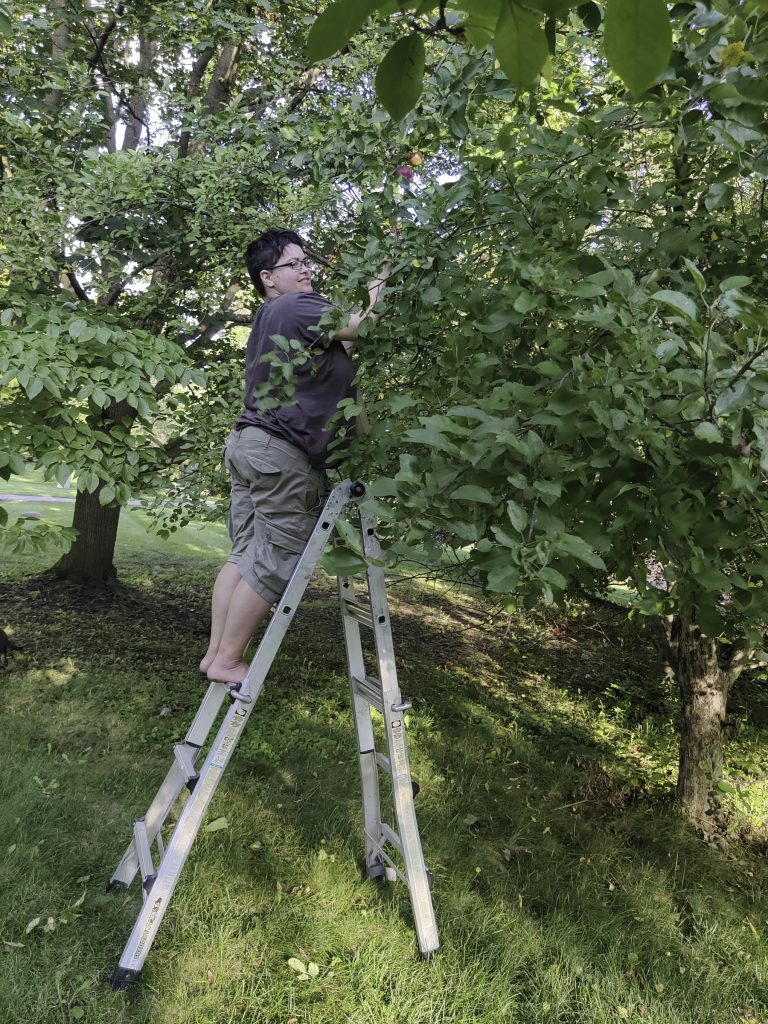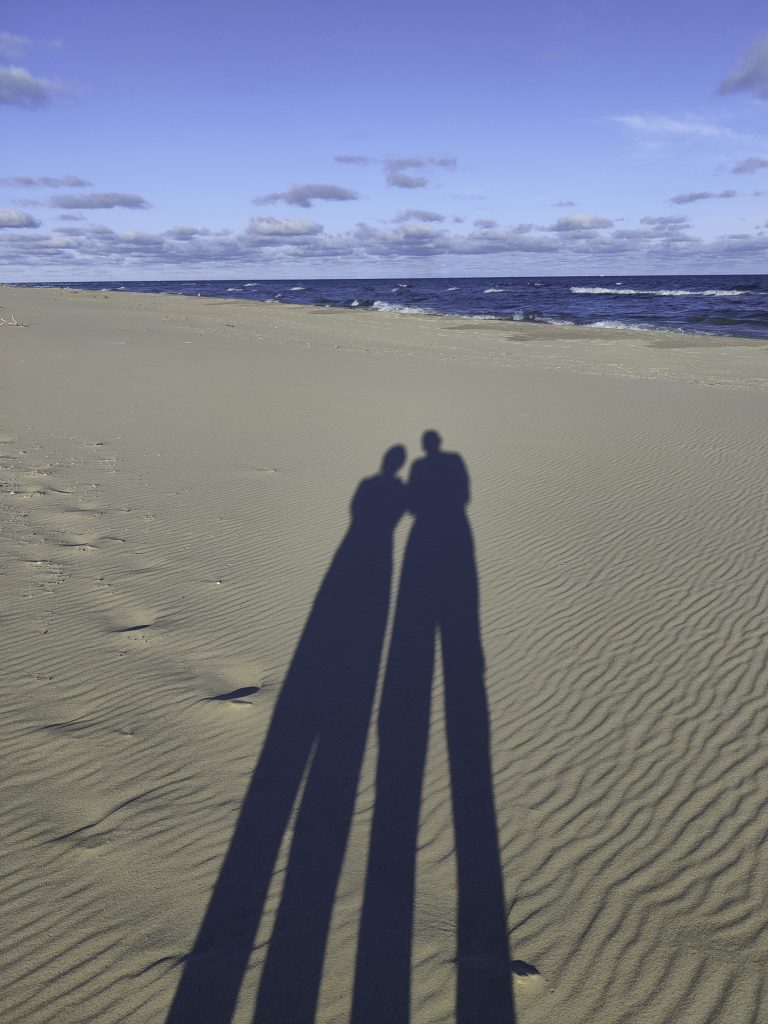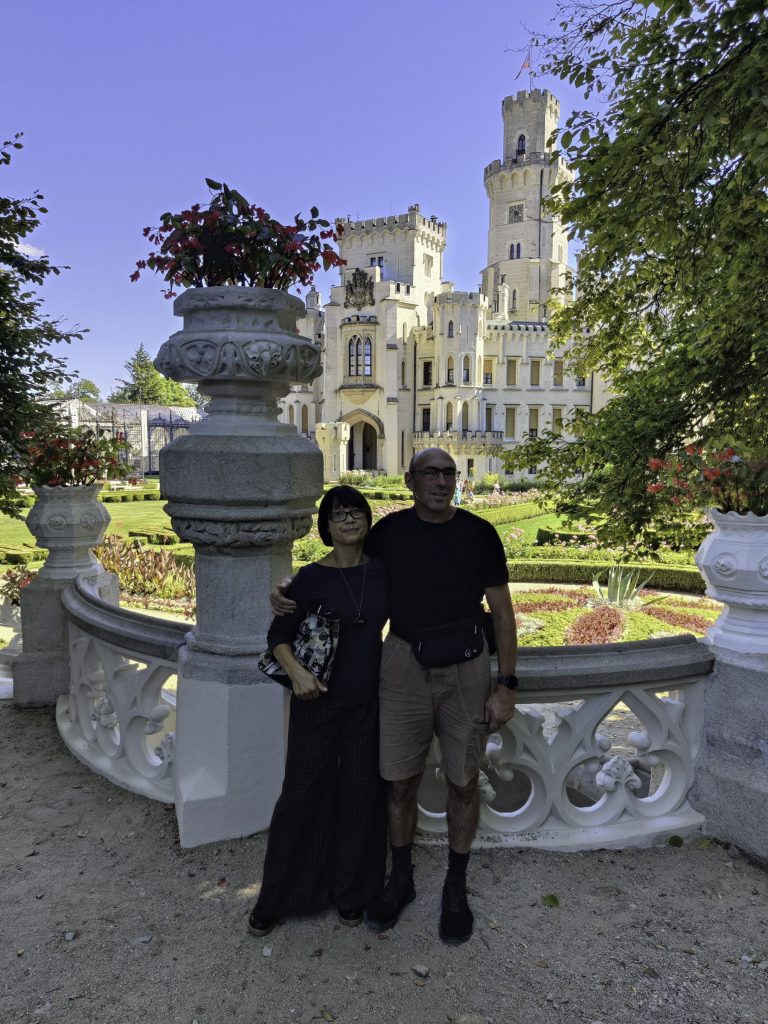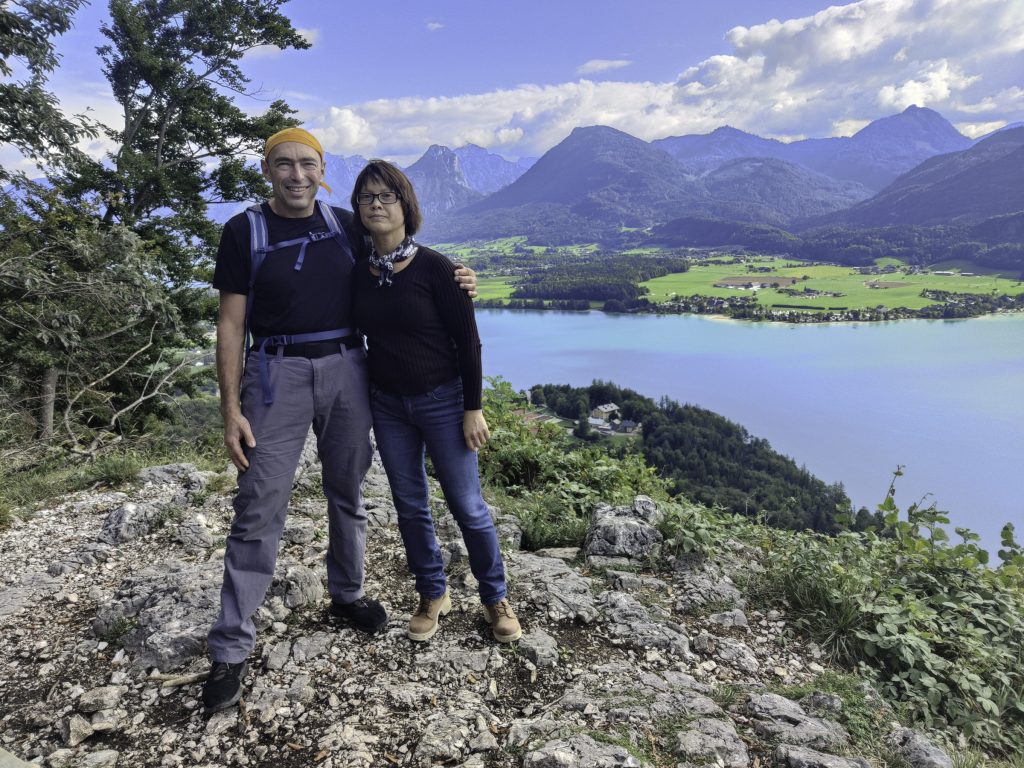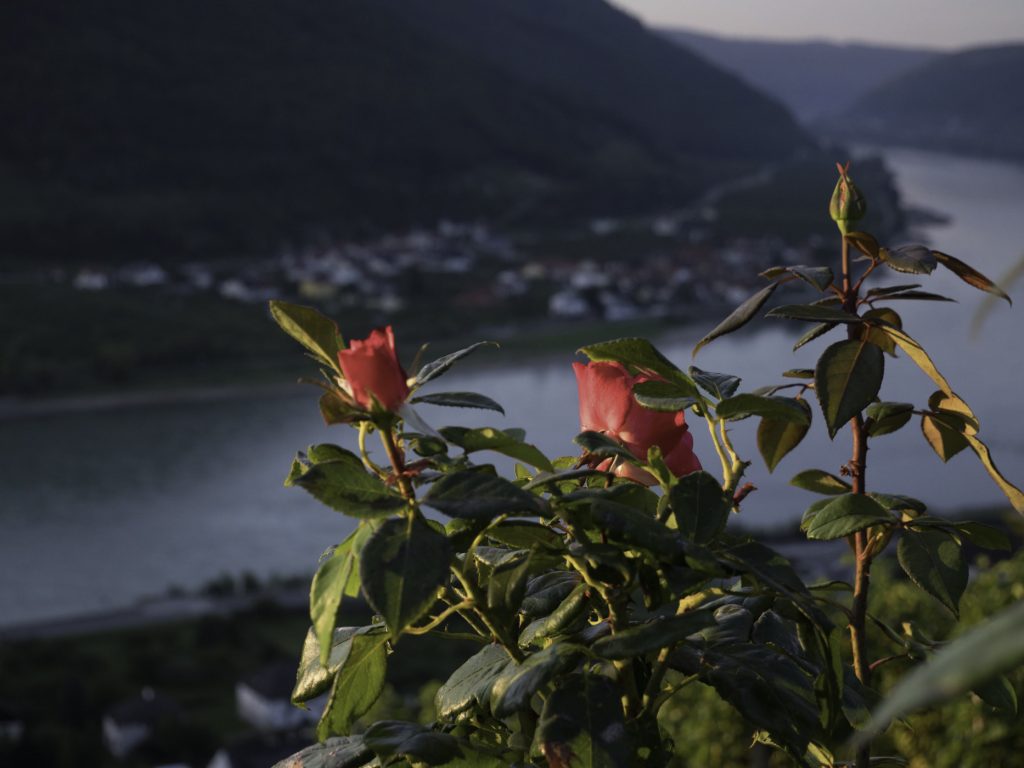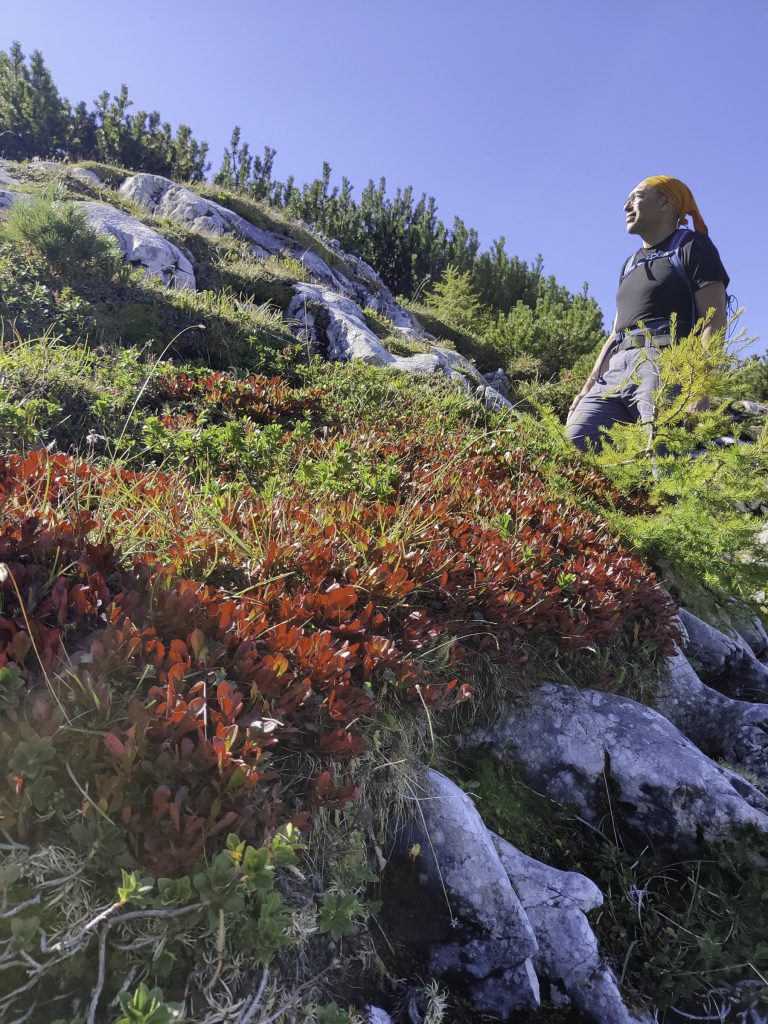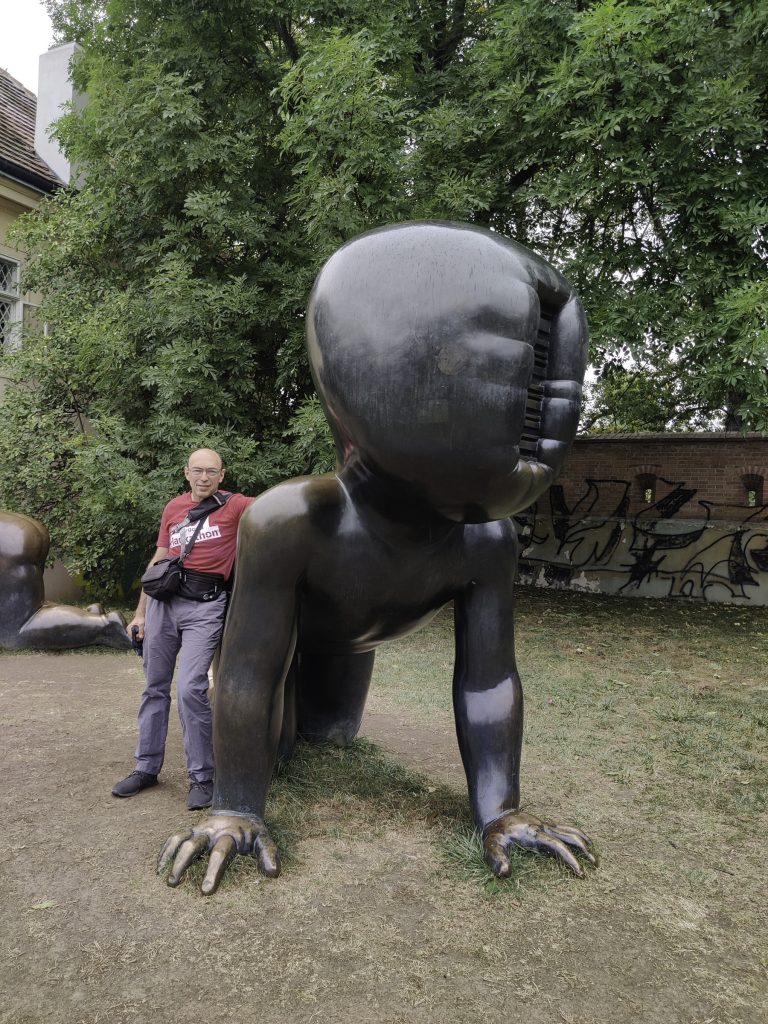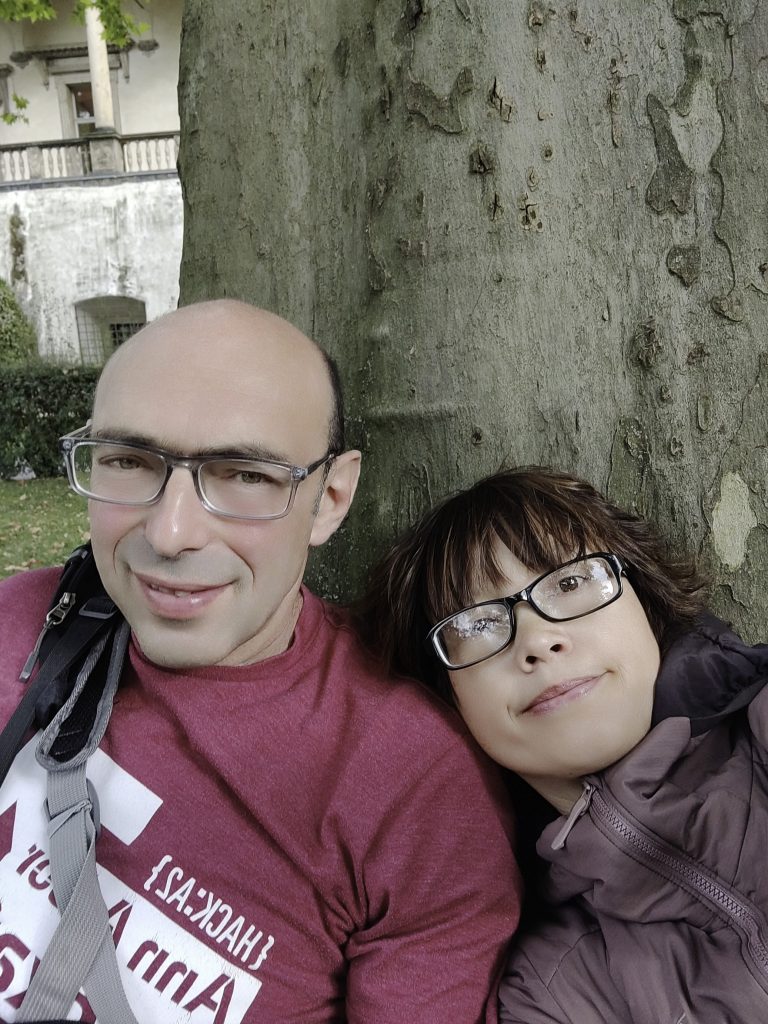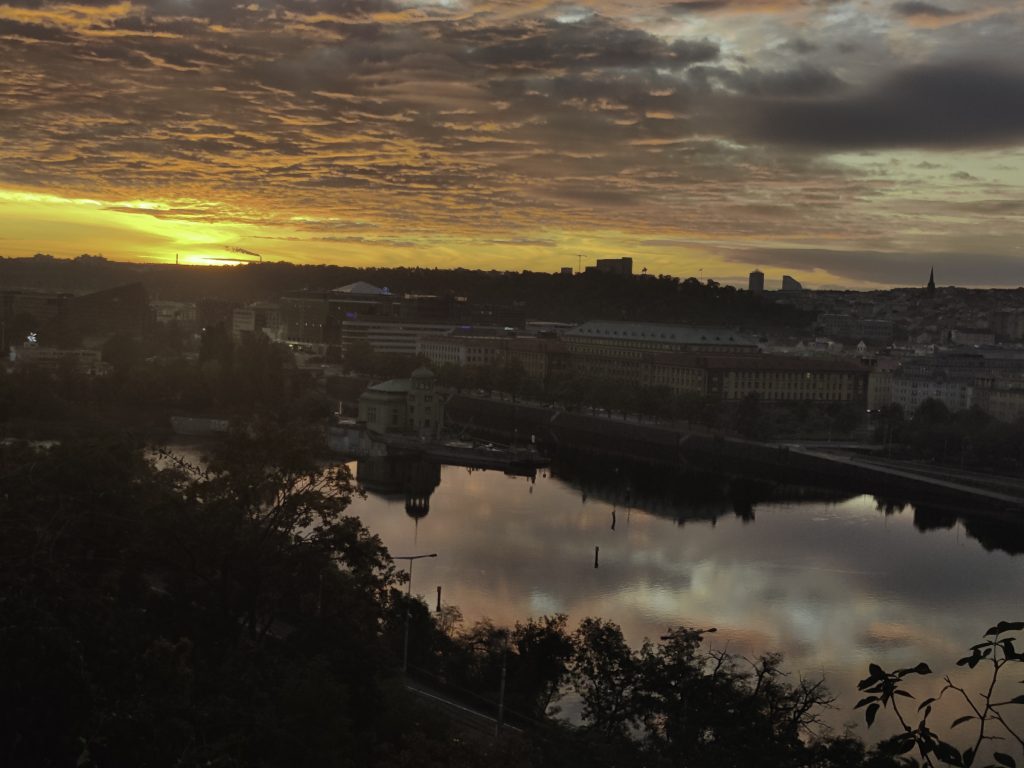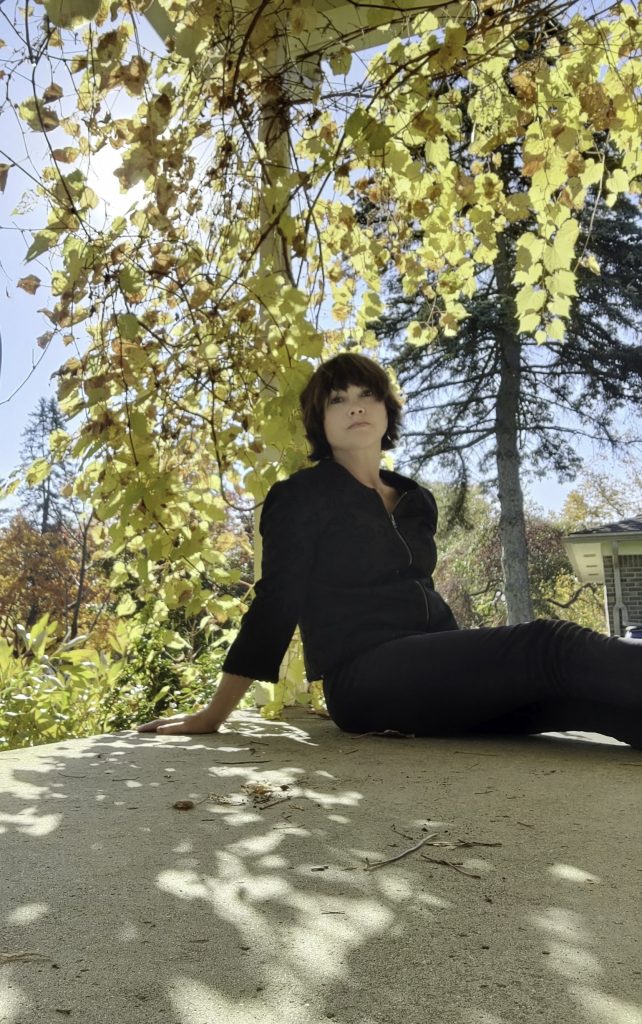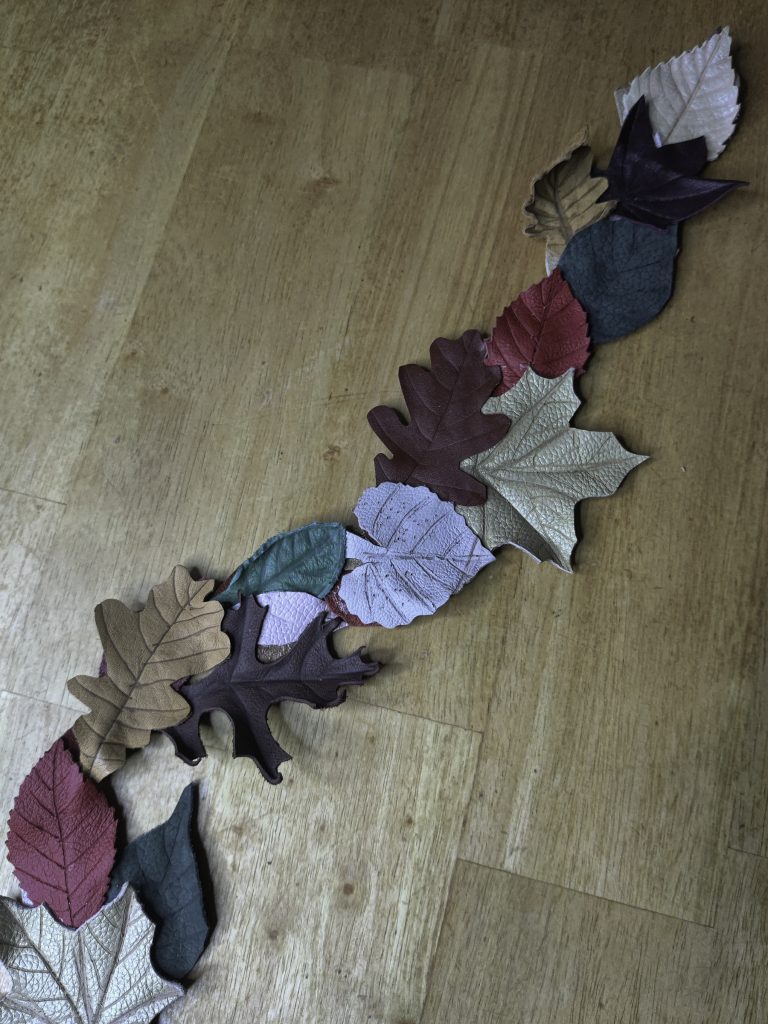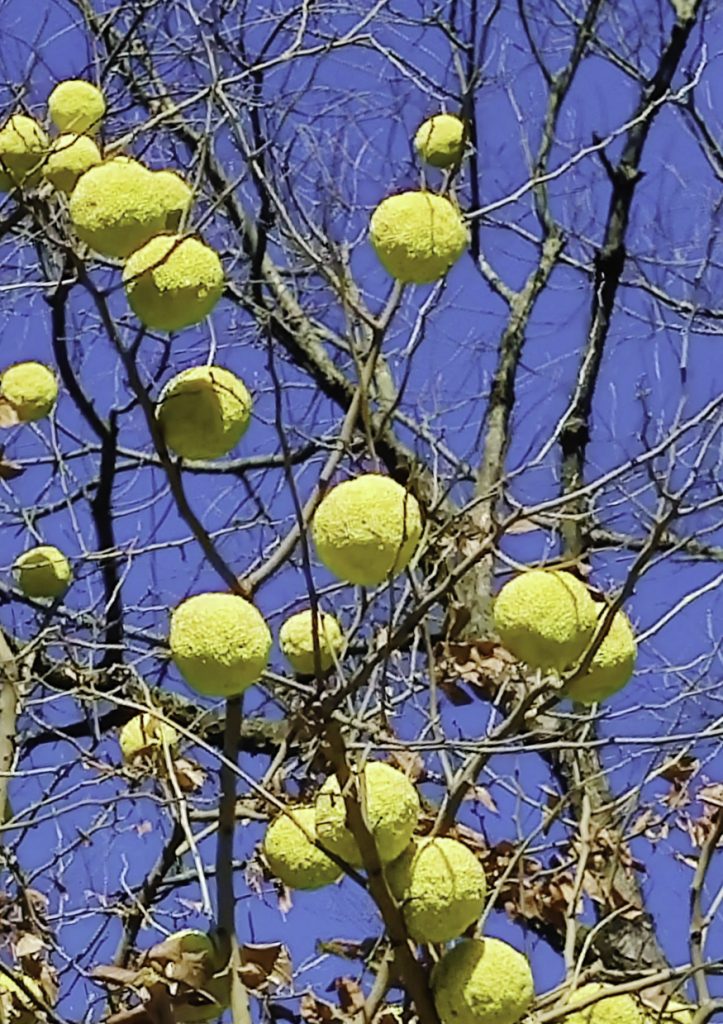Sparta
After Nafplio, our road led to Ancient Olympia. But first, we stopped in Sparta—it was almost on the way.
Ancient Sparta is located within the modern Greek city Sparta. There's nothing touristy about this city—it's just an ordinary place you'll drive past and forget about within an hour. When the GPS told me we'd arrived, I was very surprised—I expected to see a large parking lot full of cars and tour buses, but instead there was a dusty, empty lot with three cars and no signs. We didn't even bother parking there, but pulled the car over to the side of the road, fortunately there was space. The only thing that hinted at the presence of that same great Sparta nearby was the stadium with a bronze statue (as it later turned out, of King Leonidas).
A dusty path leads past the stadium, and we arrive at the entrance to the archaeological reserve—this is where ancient Sparta stood, at one point the most powerful city-state in ancient Greece.
Little remains of its former glory now: the place is clearly neglected. There's a ticket booth in front of the gates, but it's been empty for a long time; admission is free.
Inside, too, little remains—no columned temples typical of other sites, no intact buildings at all. Only the remains of walls, pine trees, and olive groves. In place of the central square (agora), there is now an olive grove.
It's interesting that the two main powers of ancient Greece, Sparta and Athens, proposed completely different paths of development. Sparta represented extreme militarization, with men confined to barracks from the age of 7 to 30, and military service ending at 60. Women and slaves were responsible for economic activity (Sparta enjoyed a level of women's freedom unprecedented in Greece—another side of militarization). Education was strictly military. Travel was restricted to state needs. In short, North Korea, by comparison, would be a fairly liberal state. But Athens represented philosophers, art, and science. It was about voting on important issues and ostracism, about Zeno's paradoxes (which, by the way, I never understood). paradox of Achilles and the tortoise, there's no paradox there 😀). And it's very nice to realize that we did, after all, inherit the Athenian model, and not the Spartan one.
But even in Sparta (modern-day Sparta), things aren't so bad—there's a school next to the archaeological site, and kids are playing football. Life goes on, which means there's hope it will get better.
Finally, we drank coffee at a nearby cafe (after all, Sparta is not a tourist city - a cup of cappuccino cost less than two euros) and drove on - the Pantanassa Monastery awaited us.
Pantanassa Monastery
When I was planning today's route, almost on the way, I saw another landmark - Pantanassa Monastery. We liked the photos, so we decided to stop by. I thought we'd spend about an hour there—really, how long does it take to see a monastery?
But everything turned out differently. Because it's not just a monastery—it's a military, administrative, and religious center, built by Byzantium in the 15th century. We spent almost three hours there (and we could have spent more, but we had to go). The monastery and administrative buildings are located on a mountainside, and above it, almost at the summit, stands a 13th-century fortress. All of this together is a UNESCO World Heritage Site.“Misra Archaeological Site”" And there is something to see there!
For example, a fortress:
And the monastery:
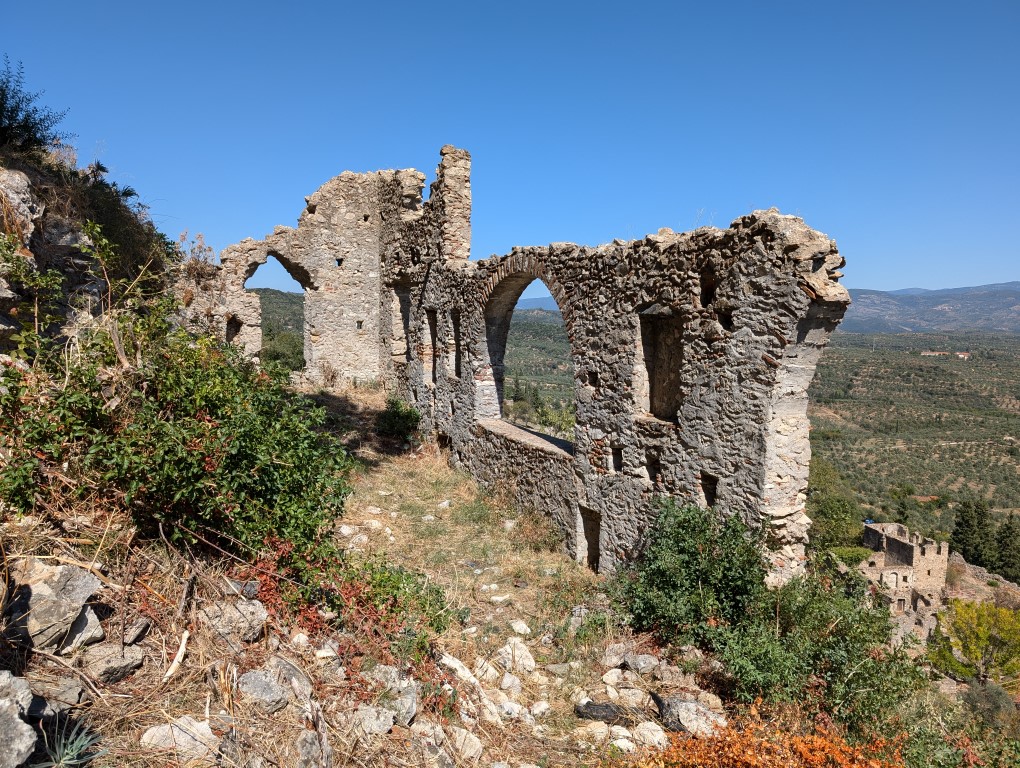
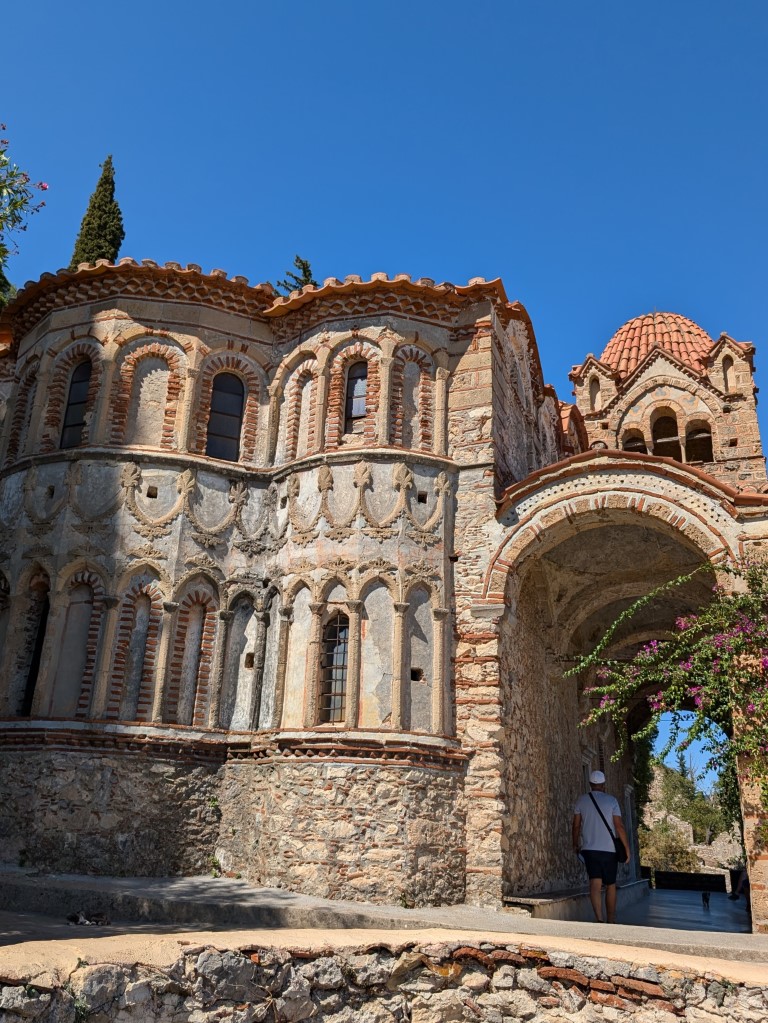
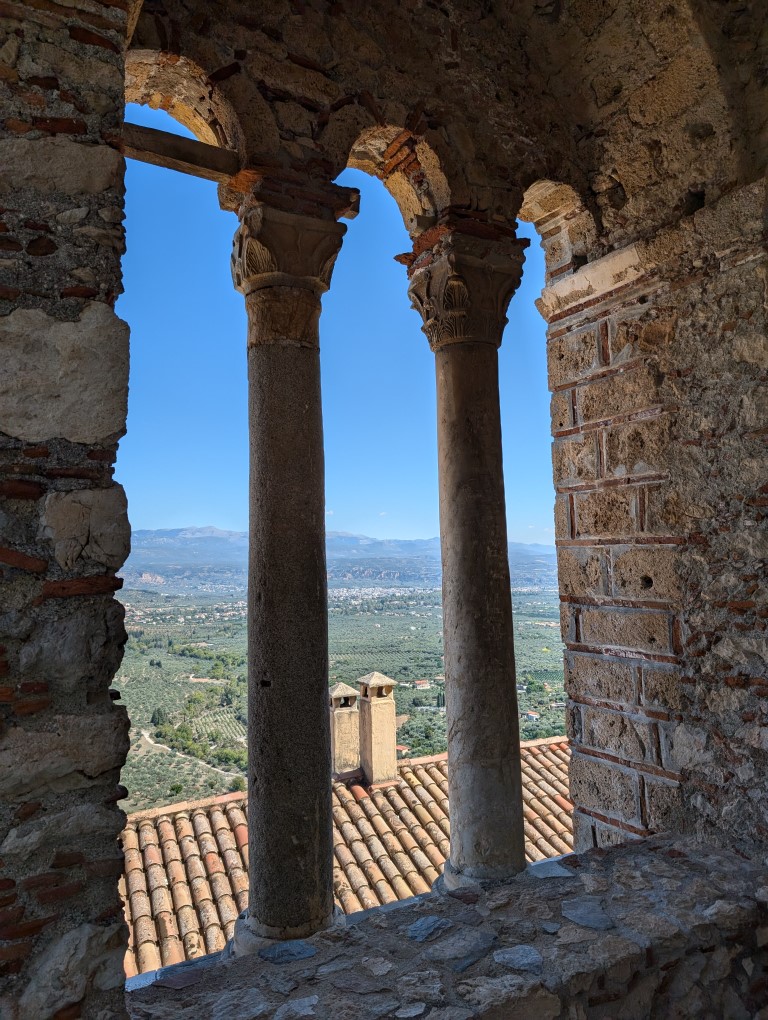
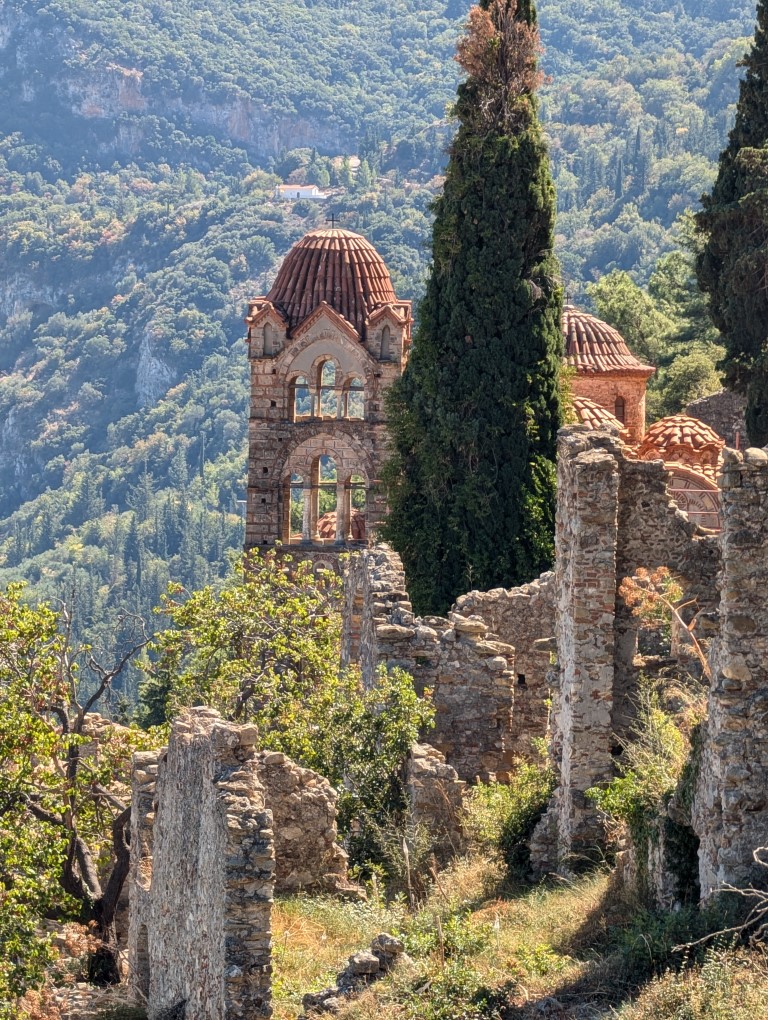
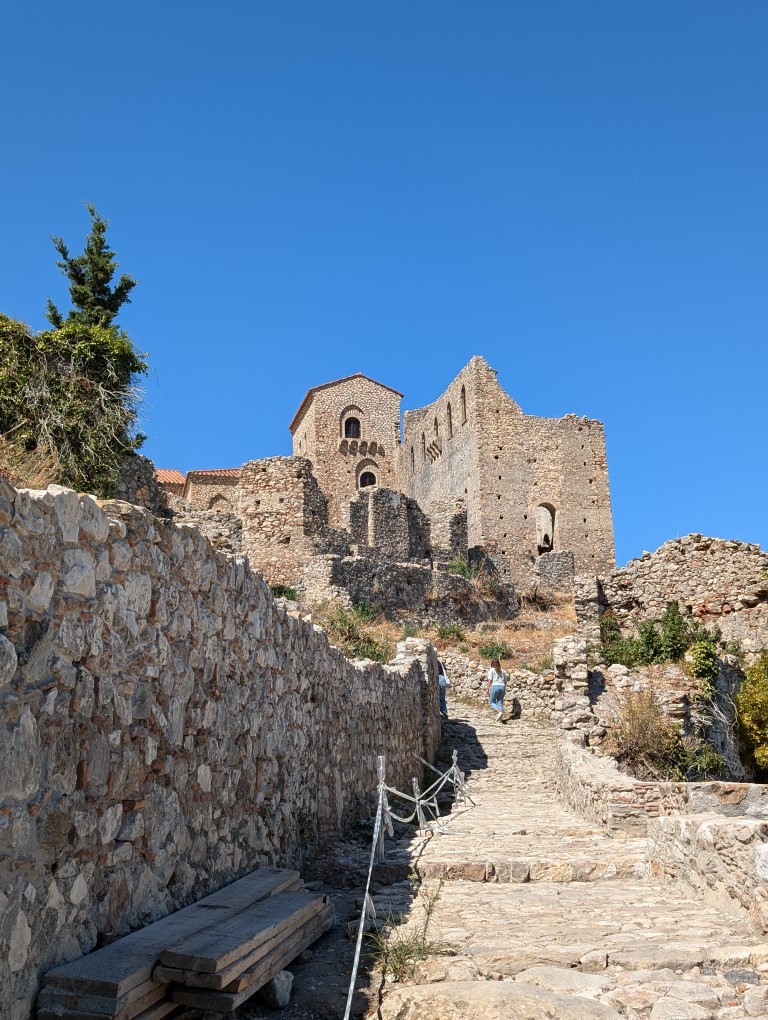
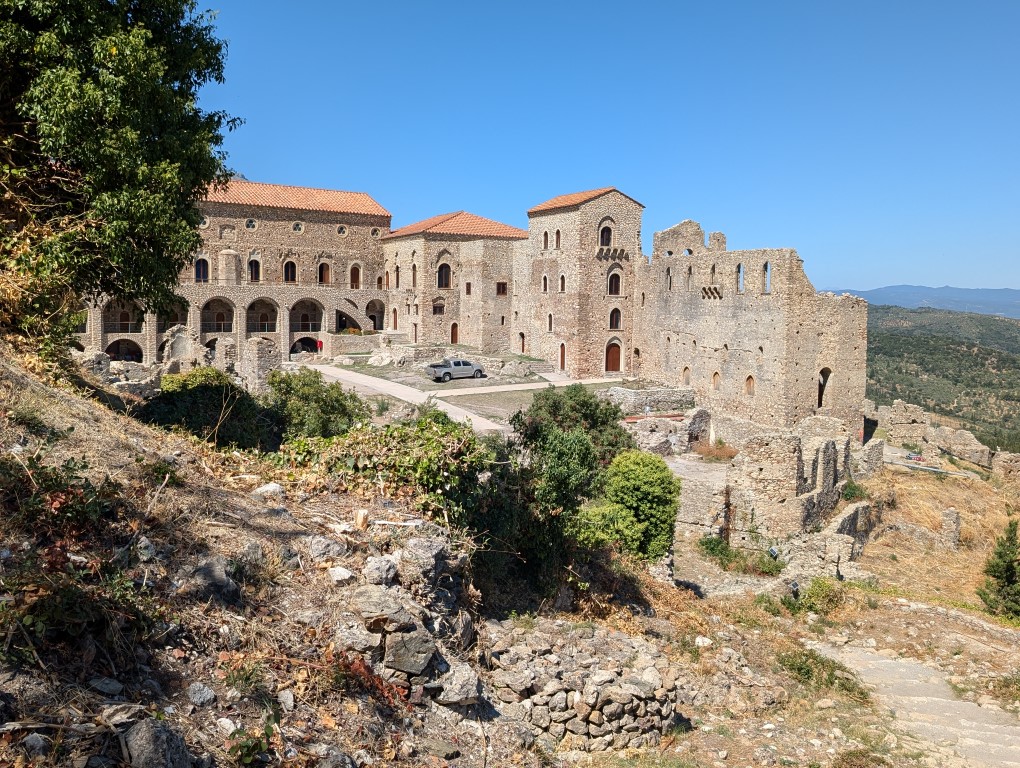
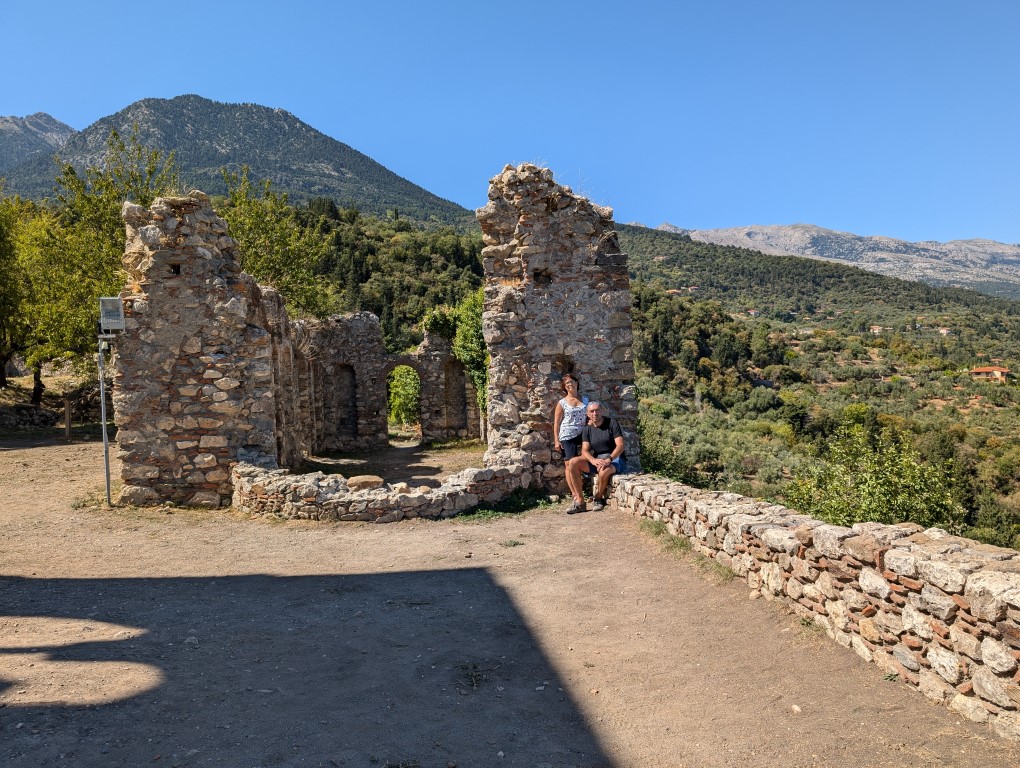
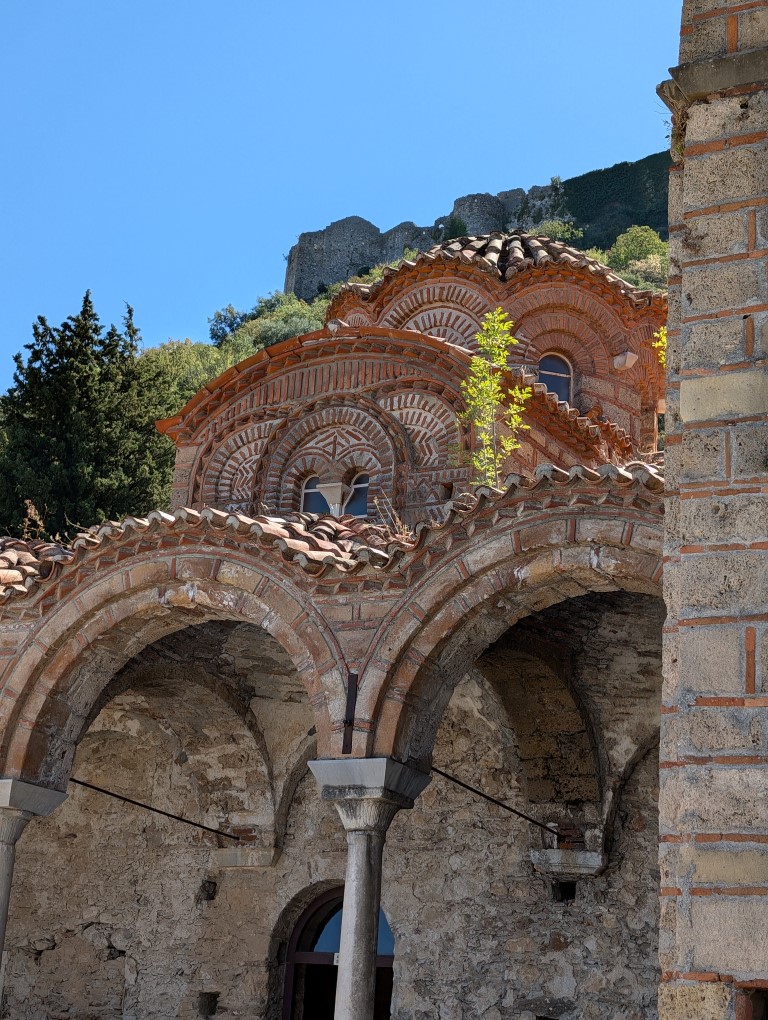

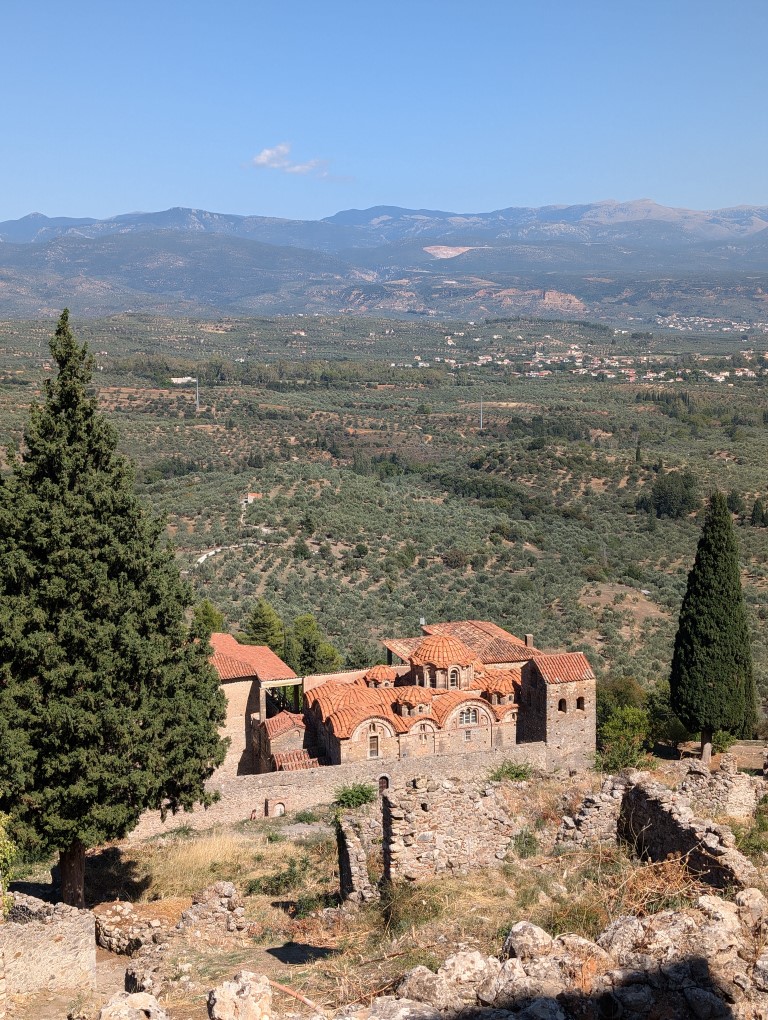


And, of course, cats 🙂
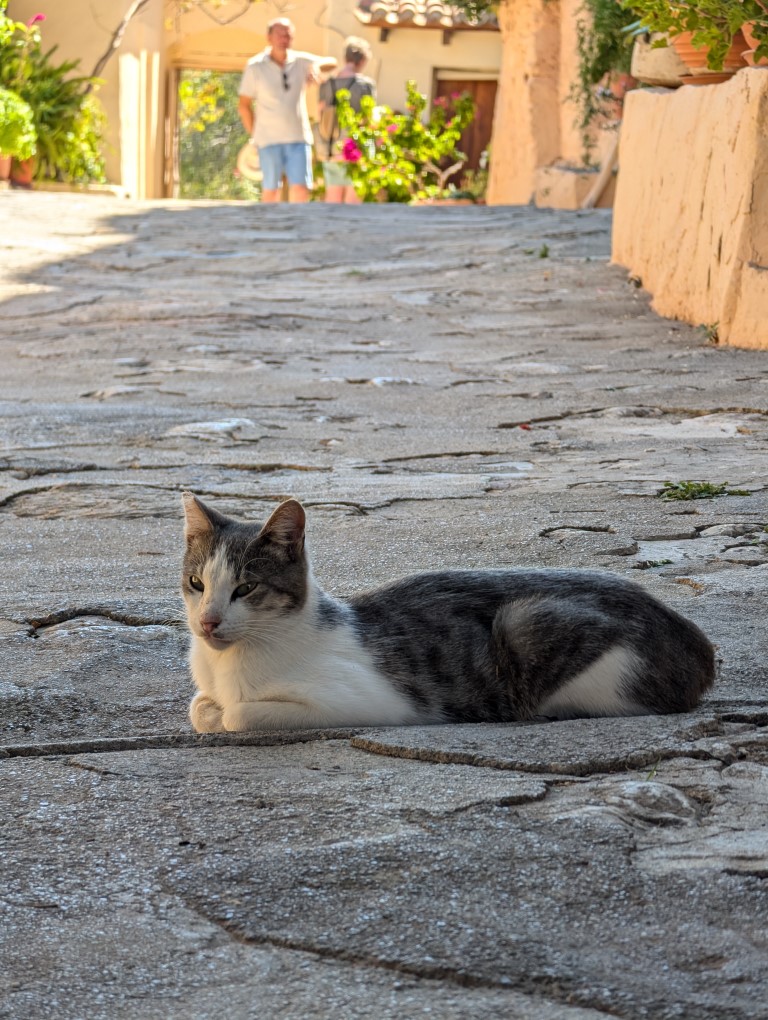
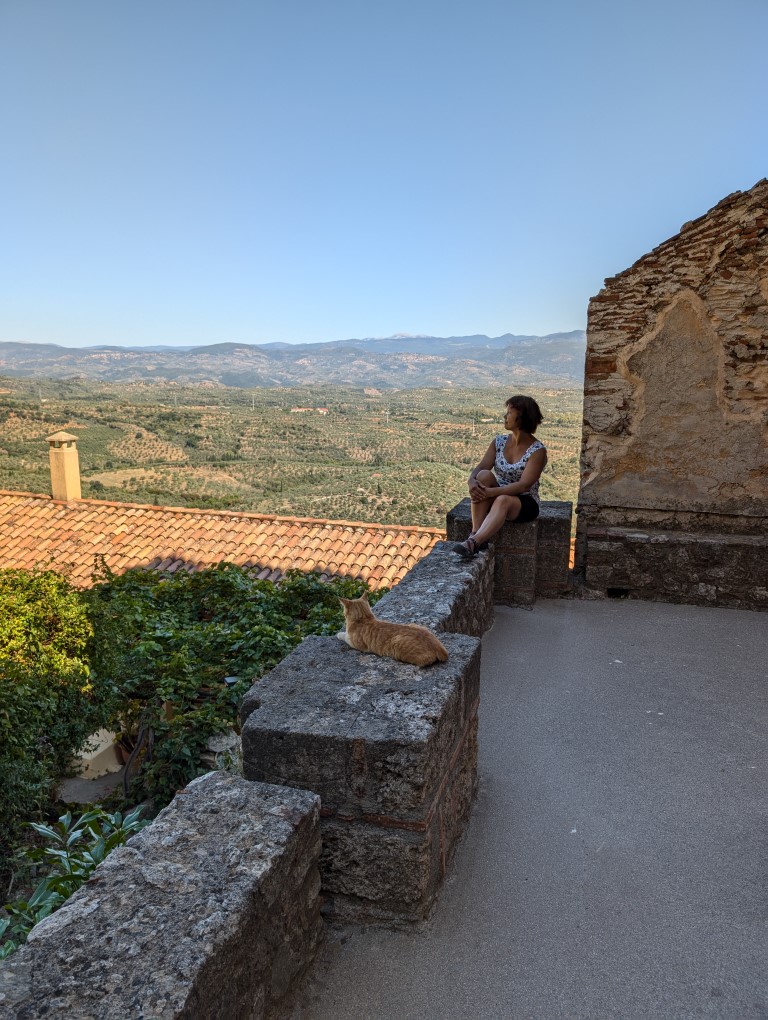
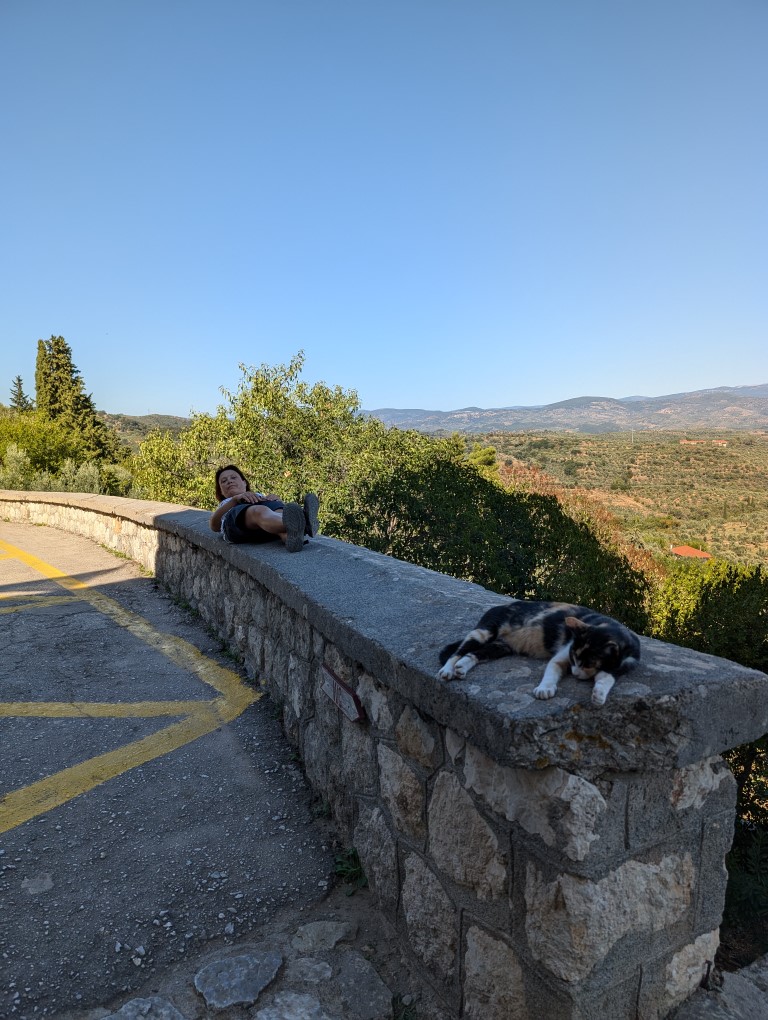
After visiting the archaeological site, we got into the car and finally reached our destination. hotels. This isn't Olympia yet—we're heading there tomorrow, but for now we're spending the night in the coastal town of Zacharo.
It's about five minutes from our hotel to the beach, and after checking in, we go for a swim. Then we admire the sunset and go to dinner at a pleasant and completely empty restaurant (except for the ubiquitous cats). It's empty, most likely because it's expensive—dinner for two with a carafe of wine costs a whopping 27 euros.
Ancient Olympia
The next morning, after breakfast on the terrace, we left the cozy hotel and drove to ancient Olympia—the very site that gave birth to the Olympic Games. The distance seemed short, but it took us about an hour and a half to get there along narrow country roads. But the archaeological site itself was just as expected—with a large parking lot, well-filled despite the early morning hour.
Something unexpected happened when we were buying tickets—they didn't charge us. It turned out that today and tomorrow were museum days, so admission was free. Of course, we didn't object. 🙂
Olympia itself was just as we imagined it: impressive remains of temples, baths, and, of course, the stadium.

The site houses a rich museum displaying artifacts collected here. Admittedly, the abundance of must-see antiquities begins to feel a bit overwhelming after a certain point. It's a good thing that archaeology will soon give way to natural wonders in our program.

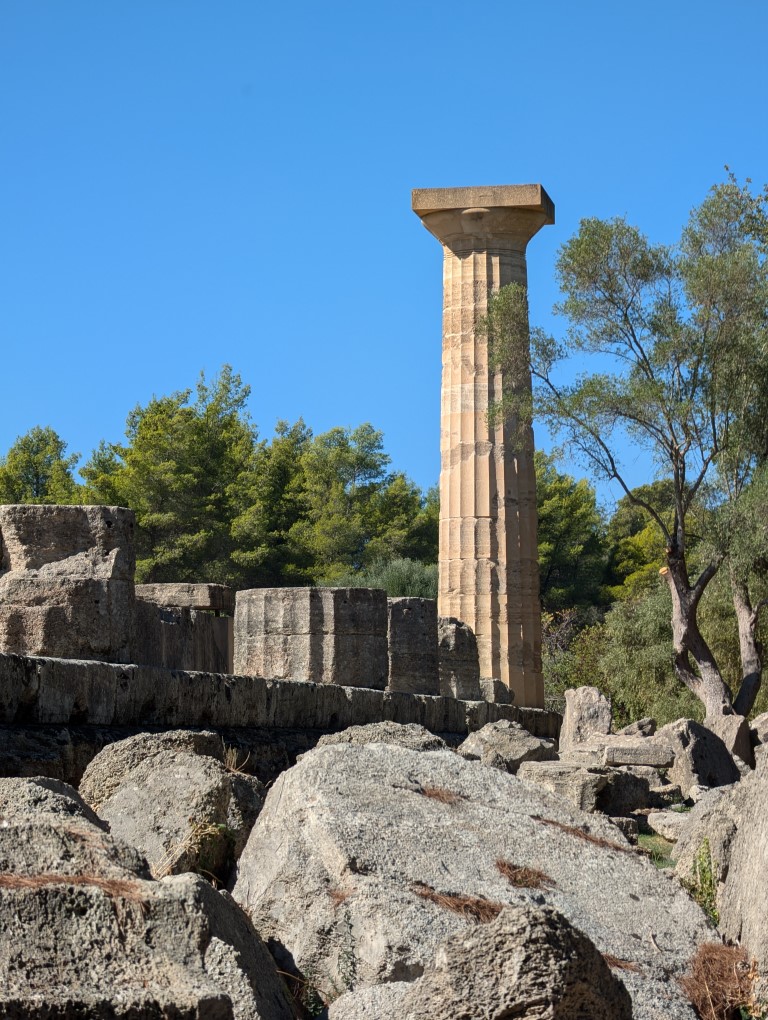
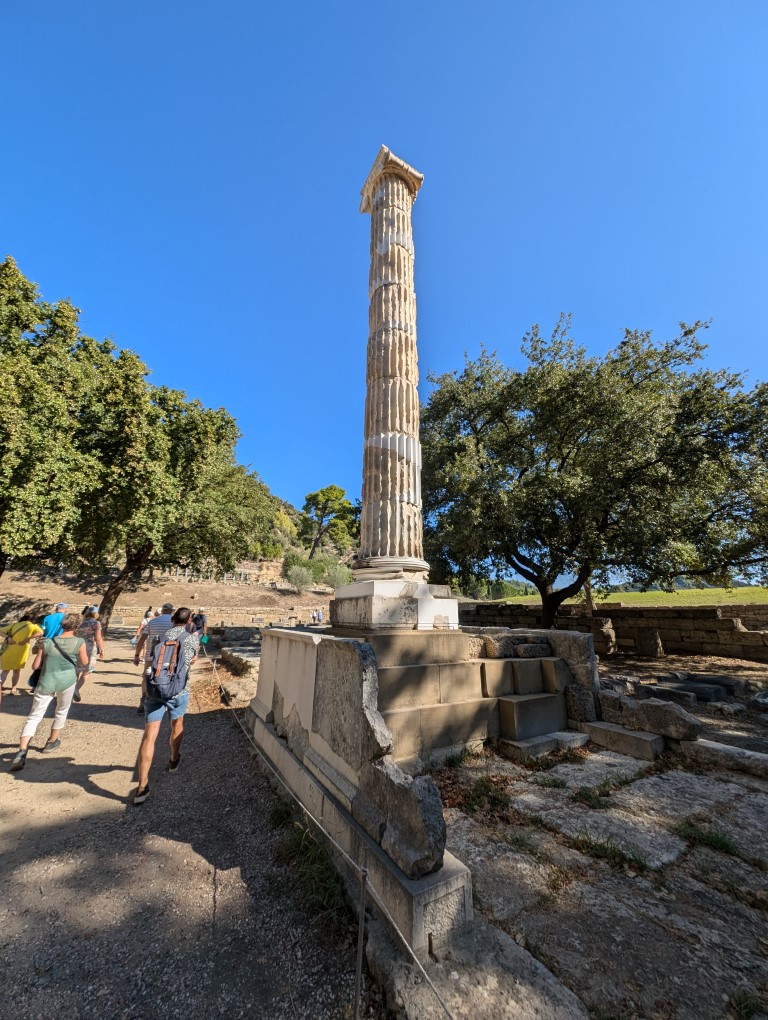

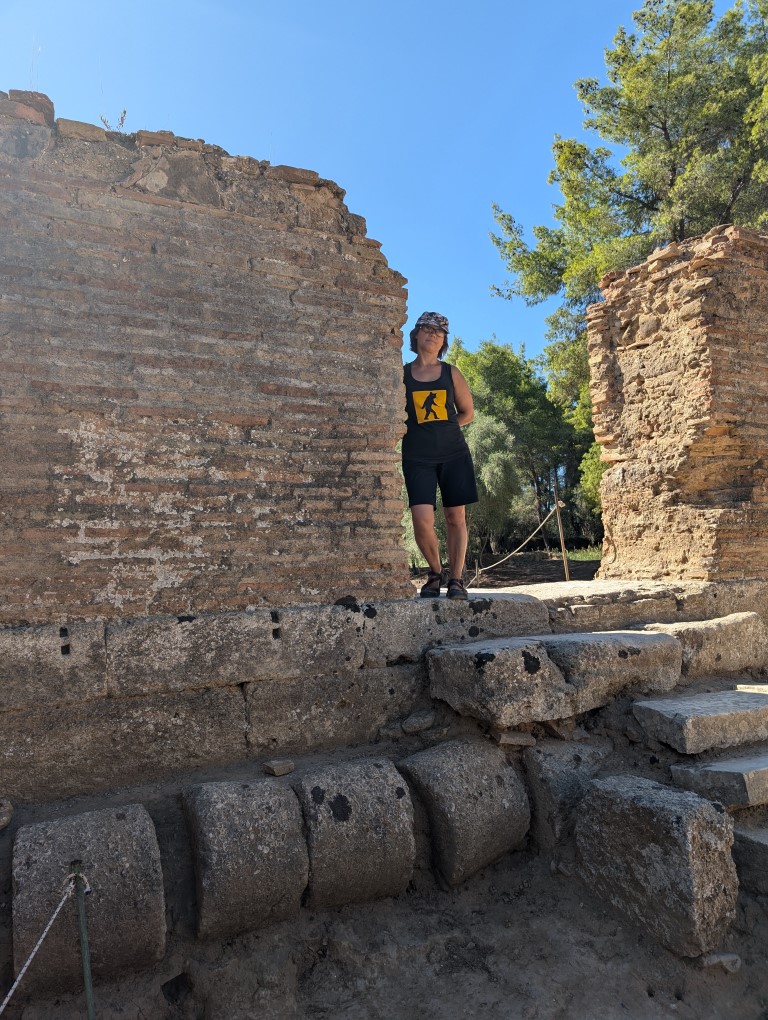
Castles, bridge, beach and harbor.
We're leaving ancient Olympia. We'll be driving for about four hours, but there are plenty of places worth visiting along the way. The first of these is the medieval castle of Clermont. It's right along the way, so I decided to stop there.
But we were in for a bummer: the castle is open until 3:00 PM, and we arrived at 3:20 AM. This isn't the first time we've encountered this: many tourist spots in Greece close very early. As a consolation, we admired the beautiful view of the Gulf of Patra.
We continue on. A short stop in front of a modern wonder – a bridge. Rion - Andirion. It was built just 20 years ago, and before that, the only route connecting the Peloponnese peninsula to the mainland was the Isthmus of Corinth, which we crossed. We wanted to visit the Venetian fortress of Rio, built to control the strait. But, as expected, the fortress was also closed. So we admired the bridge and headed across.
Shortly after the bridge we make a short stop in the ancient city Nafpaktos. The city has a rich history, dating back to before the Peloponnesian Wars between Athens and Sparta. I even regretted not staying here at least for a night, or better yet, a week. 🙂 As always, there's not enough time to see everything we want to see. We swim in the sea—there's a beautiful beach there with a view of the medieval fortress.
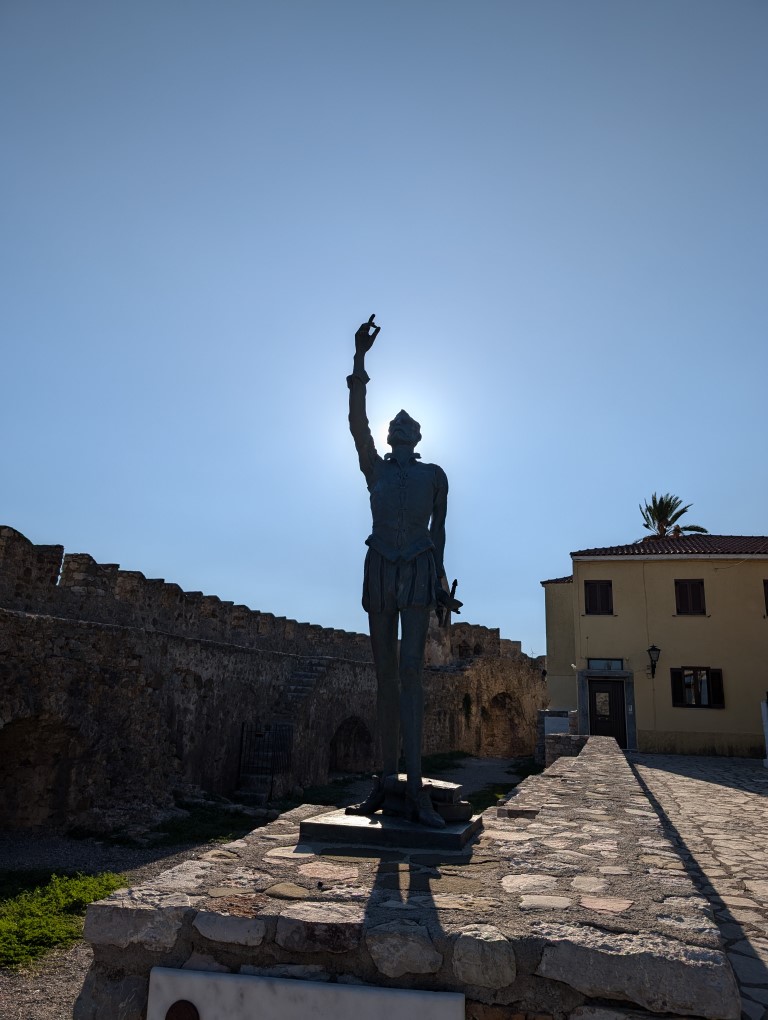
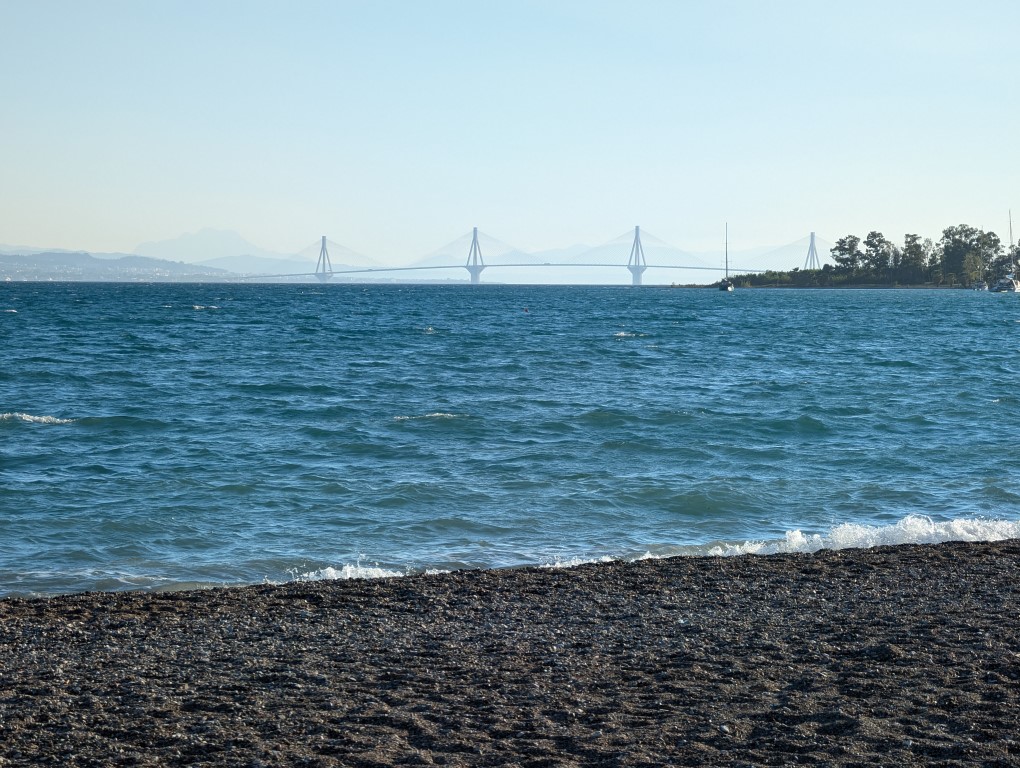
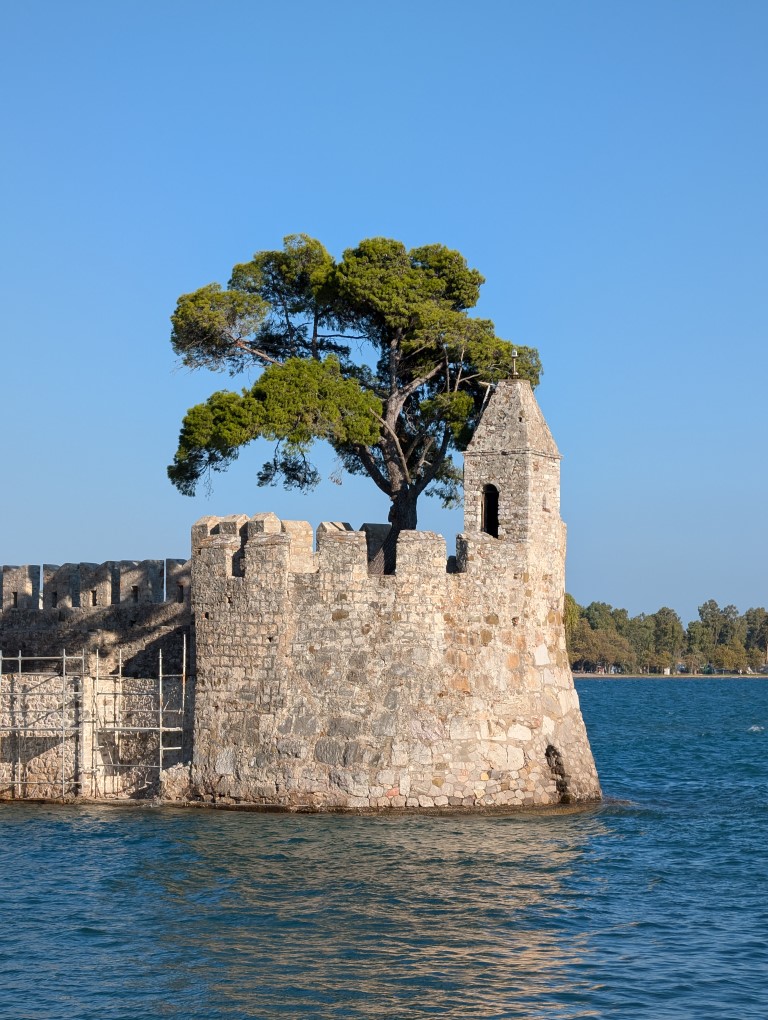
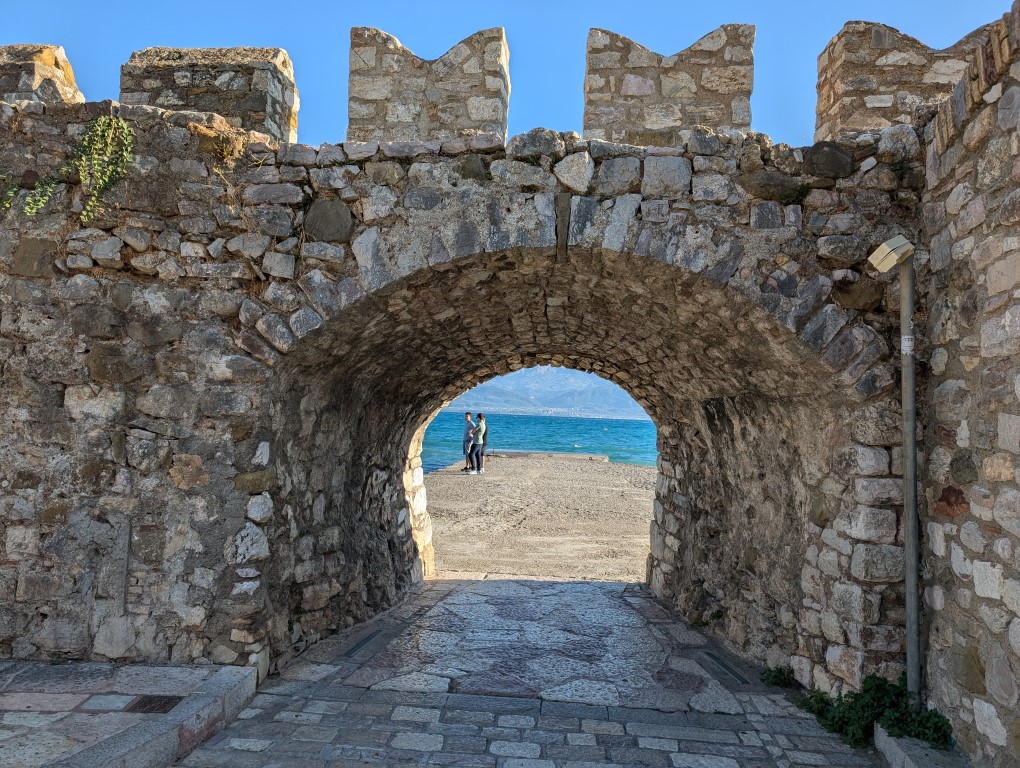

Then we have lunch (or dinner—it's 5 pm), admiring the picturesque Venetian harbor, and continue on to Delphi along a steep serpentine road. I hoped to make it before dark, but it didn't work out.
Along the way, we make a couple of short stops to admire the sea from above – the lighting is really beautiful.
Tired, we arrive at our housing — It's located in a converted farmhouse in a mountain village near Delphi. It's a very picturesque place; it would be great to visit in winter for some skiing (if you can manage the serpentine roads).
Go to Greek Trip Homepage.
